In modern bathroom renovations, shower doors are no longer just functional partitions; they have become a focal point of design. It affects spatial flow, light distribution, safety, and overall aesthetics. With the increasing emphasis on comfort and personalization in home decor, selecting the correct type of shower door has become a crucial step in designing a bathroom.
From traditional framed doors to minimalist frameless designs, and from one-way opening to sliding systems, there are numerous types of shower doors available on the market. Different types have their own advantages and disadvantages in installation, maintenance, and user experience. For consumers planning bathroom renovations, understanding the characteristics of various shower doors is the first step toward achieving an ideal bathroom space.
1. Sliding Shower Door
Sliding shower doors have become the preferred choice for many households due to their space-saving and modern appearance. It slides the door panel in a fixed direction through a sliding rail system, without the need for additional opening space.
Advantages:
Space saving: Perfect for smaller bathrooms or shower rooms with a width of 48-60 inches. The door slides open and does not occupy the external activity area of the bathroom.
Neat and modern appearance: The simple metal frame paired with tempered glass makes it visually more spacious.
Flexible installation: can choose a single slide or a double slide structure to adapt to different layouts.
Disadvantages:
Difficulty in cleaning the track: The bottom slide rail is prone to water accumulation and soap deposits, requiring regular maintenance.
Restricted opening: The accessible space is generally between 20 and 24 inches, which may be slightly inconvenient for people with limited mobility or households with elderly or children.
Summary:
Sliding shower doors are suitable for small bathrooms that emphasize space utilization and minimalist aesthetics, especially for apartments, guest bathrooms, or single-use scenarios.
2. Hinged Shower Door
Flat shower doors, also known as hinged doors, are a common choice in traditional bathrooms. It is directly installed on the wall or glass panel through metal hinges, and the door opening method is similar to that of a regular door.
Advantages:
Strong sealing: The door body is tightly attached to the wall, effectively preventing water vapor leakage.
Smooth opening and closing: High-quality hinges provide stable support and easy operation.
Visual transparency: A frameless design is often used to create a space that looks more open and bright.
Disadvantages:
Need for door opening space: When the door is opened, at least 24-30 inches of external space is required, which is not suitable for small bathrooms.
High installation requirements: It is necessary to ensure that the wall is vertical and stable; otherwise, it may cause the door to shift.
Summary:
Flat opening shower doors are suitable for medium to large bathrooms or master bathrooms. They are ideal for users who prefer a high-end, minimalist appearance and ample space for activity.
3. Frameless Shower Door
Frameless design has become a popular trend in high-end bathroom renovations in recent years. It is mainly composed of tempered glass, with a thickness of about 3/8 to 1/2 inch, eliminating the traditional metal frame and showcasing ultimate modernity.
Advantages:
Highest aesthetic appeal: frameless design is transparent and straightforward, with advanced visual effects.
Easy to clean: The reduced metal frame results in less accumulation of scale and mold.
Enhancing property value: In the real estate market, exquisite frameless shower doors often add points to bathrooms.
Disadvantages:
High cost: High-strength glass and precision hardware significantly increase the overall price compared to framed doors.
Installation complexity: Professional construction is required, and installation errors may result in uneven stress on the glass.
High maintenance requirements: The sealing strip must be replaced regularly due to aging to maintain its waterproof performance.
Summary:
Frameless shower doors are suitable for modern or luxury residential projects, and users who pursue a sense of design and quality often prioritize this type.
4. Folding Shower Door
The foldable shower door folds inward or outward through its central hinge, striking a balance between space-saving convenience and easy access.
Advantages:
Flexible and practical: suitable for shower rooms with a width of 36-48 inches. Folding doors can provide a larger entry and exit width within a limited space.
Easy to install: lighter and less demanding on walls compared to frameless structures.
High cost-effectiveness: finding a balance between space saving and functionality.
Disadvantages:
Frequent maintenance of hinges: prone to wear or looseness after prolonged use.
Slightly inferior appearance: Compared to frameless or sliding designs, folding doors have a somewhat more traditional visual appearance.
Summary:
Folding shower doors are a practical choice for users who have limited bathroom space but still want to maintain comfortable access width in their homes.
5. Curved Shower Door
The curved shower door is composed of curved glass and a curved chassis, which is a unique solution for saving space in small bathrooms.
Advantages:
Save corner space: Suitable for installation in bathroom corners, commonly used for a corner shower enclosure.
Elegant design: The soft curves give the bathroom a more stylish feel.
Excellent waterproof performance: The curved structure helps water flow back into the chassis, ensuring a seamless seal.
Disadvantages:
High price: Special glass shapes and track structures increase costs.
High accessory customization system: The cost of repairing and replacing accessories is relatively high.
Summary:
The curved shower door is particularly suitable for small apartments or modern bathrooms that aim to create a high-end visual effect.

6. Comparison and Selection Suggestions for Different Types
Type suitable for space, advantages, main disadvantages, and recommended audience
A sliding bathroom door saves space, adds a modern appearance, and is easier to clean than an apartment track, while also providing a secondary bathroom.
Flat open medium to large bathrooms have good sealing and strong transparency, and require reserved opening space for the main bathroom or a separate bathroom.
Frameless space with high aesthetic appeal, high cost of value enhancement, high installation requirements, pursuit of quality, and design sense for users
Folding small and medium-sized bathrooms save space, provide easy access, and are prone to wear and tear, making them suitable for home bathrooms and elderly rooms.
Curved door, small unit, corner saves corner space, unique design, high cost, customization degree, and large and small bathroom renovation projects.
7. Professional Advice from Design to Use
Consider the target audience and lifestyle.
If there are elderly or children at home, priority should be given to choosing swing or folding doors for safer access; If the bathroom is small, sliding or curved doors are more practical.
Pay attention to materials and safety.
It is recommended to choose tempered glass that has passed safety certification (at least 3/8 inch thick) and is treated with explosion-proof film to prevent the risk of breakage.
Waterproof and anti-mold details
Regardless of the type, high-quality silicone material should be used for sealing strips and waterproof bottom rails to reduce mold growth.
Installation and maintenance
Try to choose a certified installation team, especially for frameless doors and curved doors. Additionally, it is recommended to inspect the fastening of the slide rail and hinge every 3-6 months to extend their service life.
8. Conclusion: Balance Between Function and Aesthetics
In the trend of modern home decoration, bathrooms have evolved from functional spaces to a reflection of one's quality of life. A suitable shower door can not only optimize the spatial layout but also enhance the overall user experience and increase the house's value.
There is no absolute 'best' when choosing, but instead finding the 'most suitable' one.
For small spaces, sliding or folding doors are more practical. For homeowners who prioritize visual aesthetics and long-term investment returns, a frameless design is the ideal choice.
From installation cost to maintenance convenience, from safety performance to design aesthetics, every detail of shower doors is related to the comfort of life.
A truly successful bathroom renovation is not only about its beautiful appearance, but also about the convenience and peace of mind in daily use.

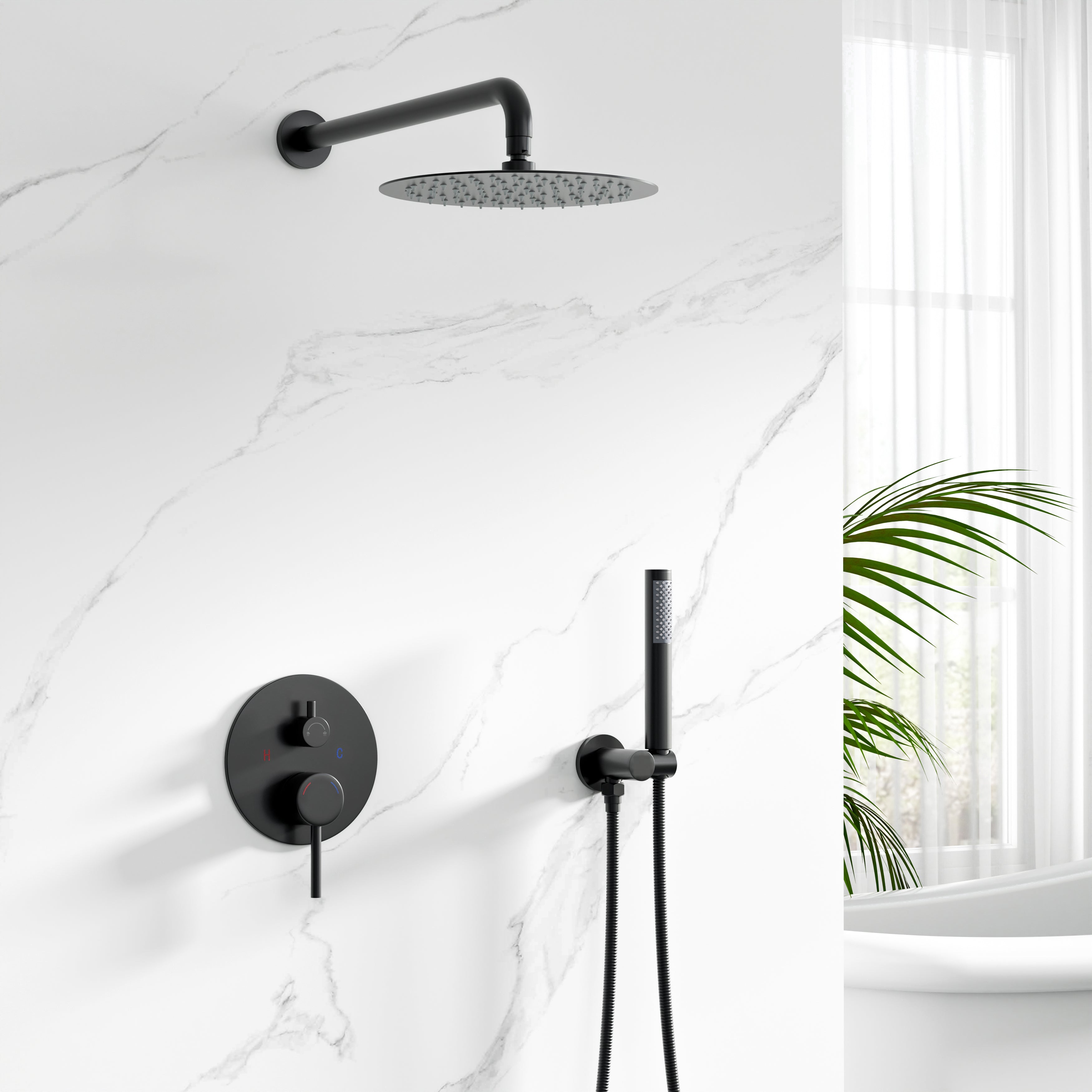
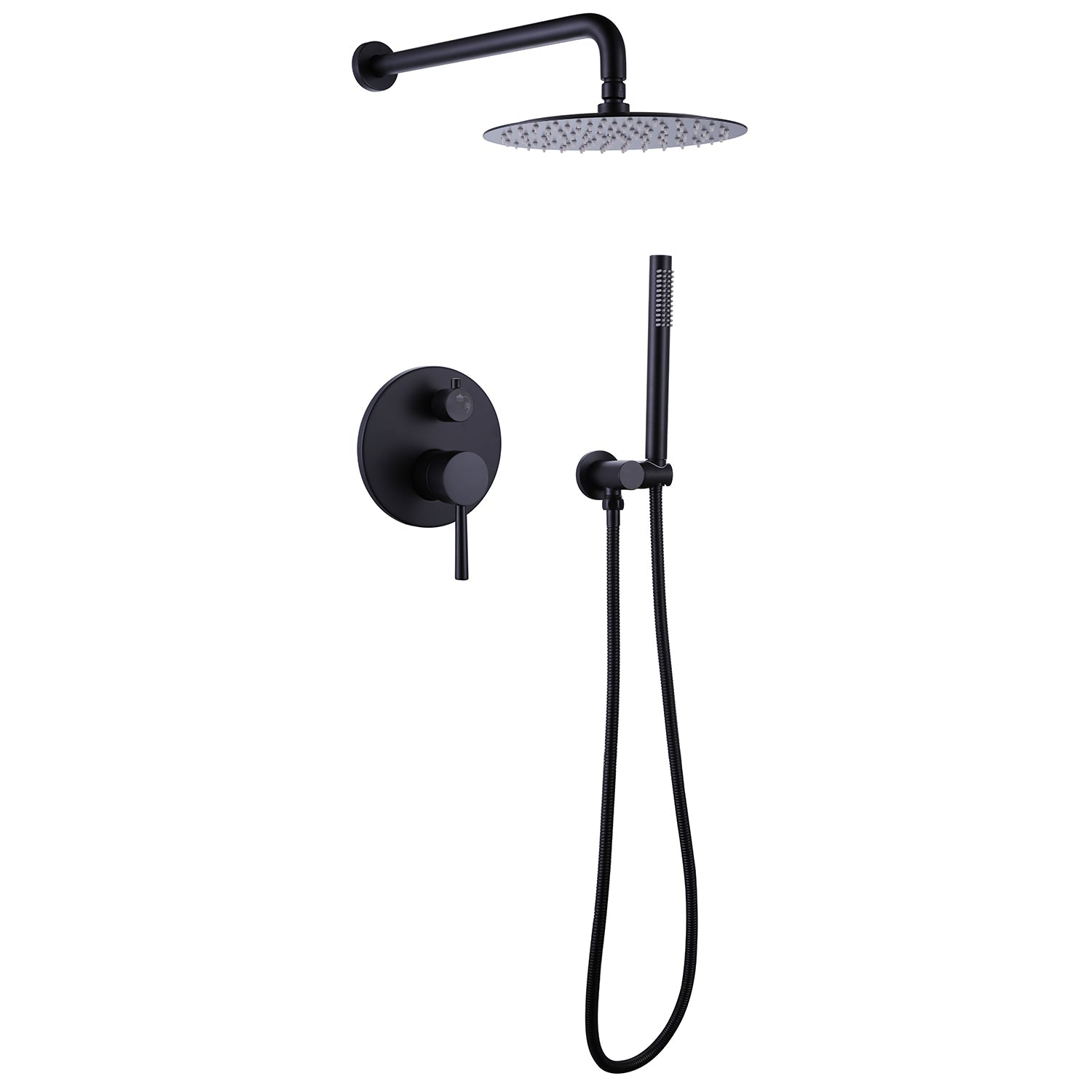


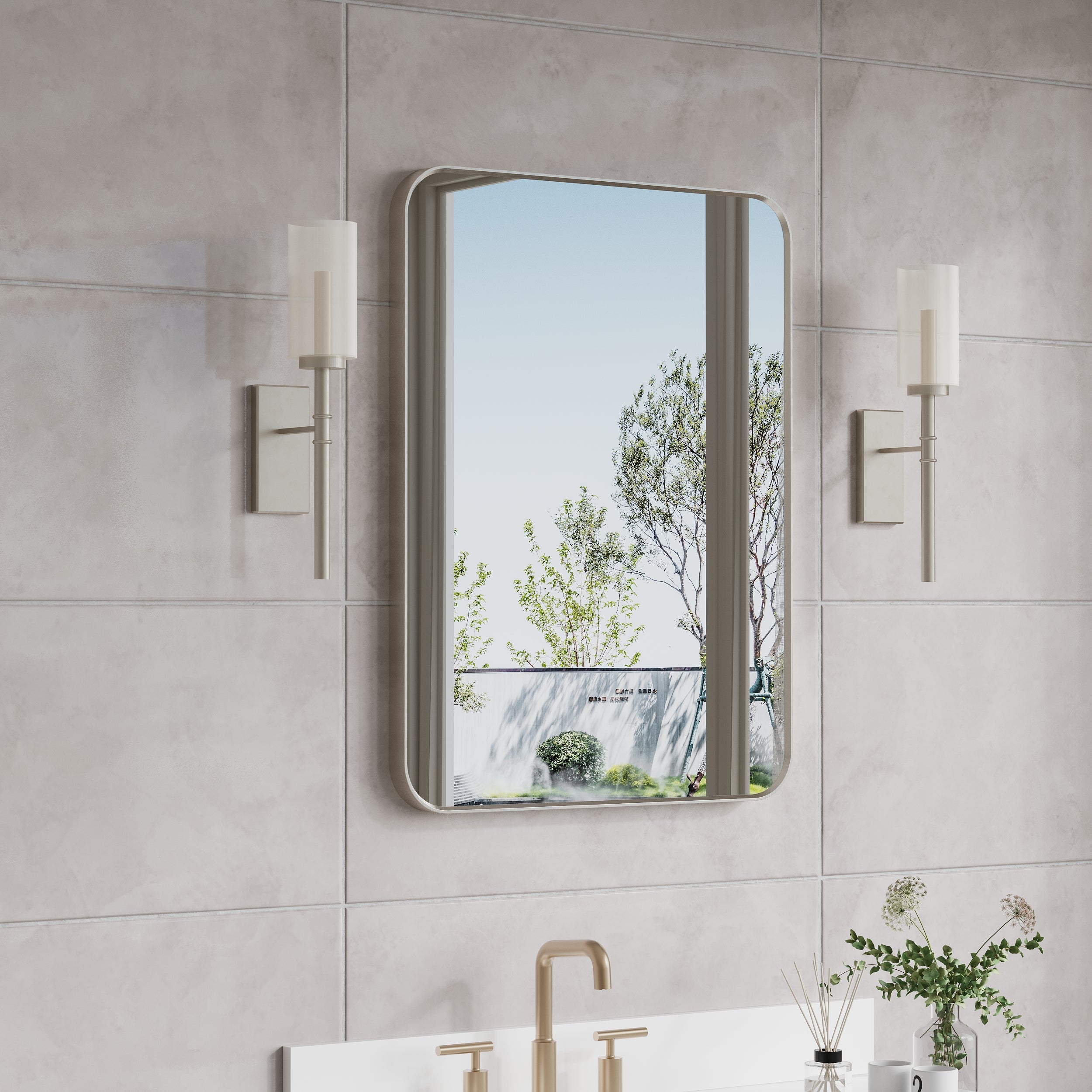
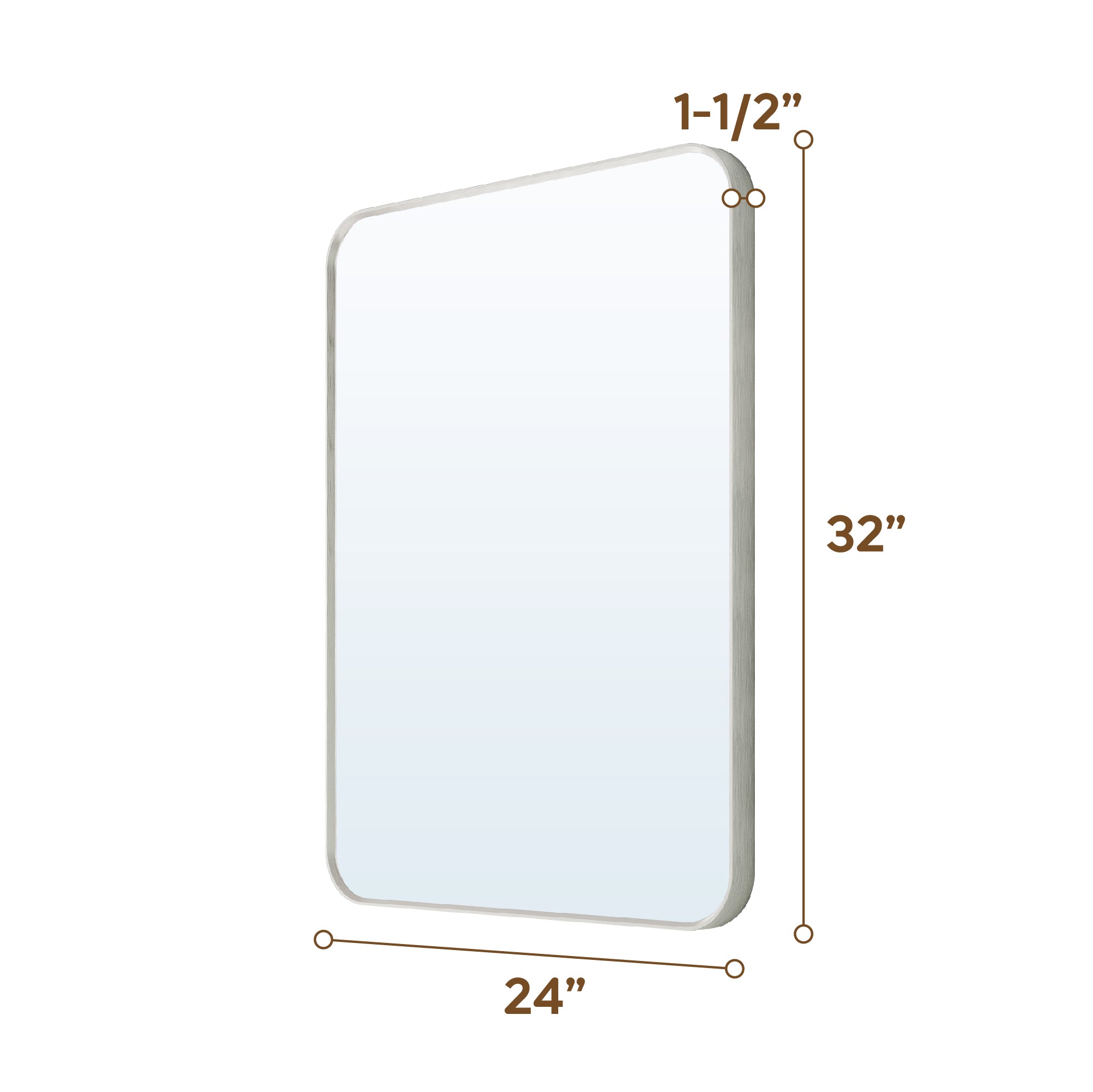
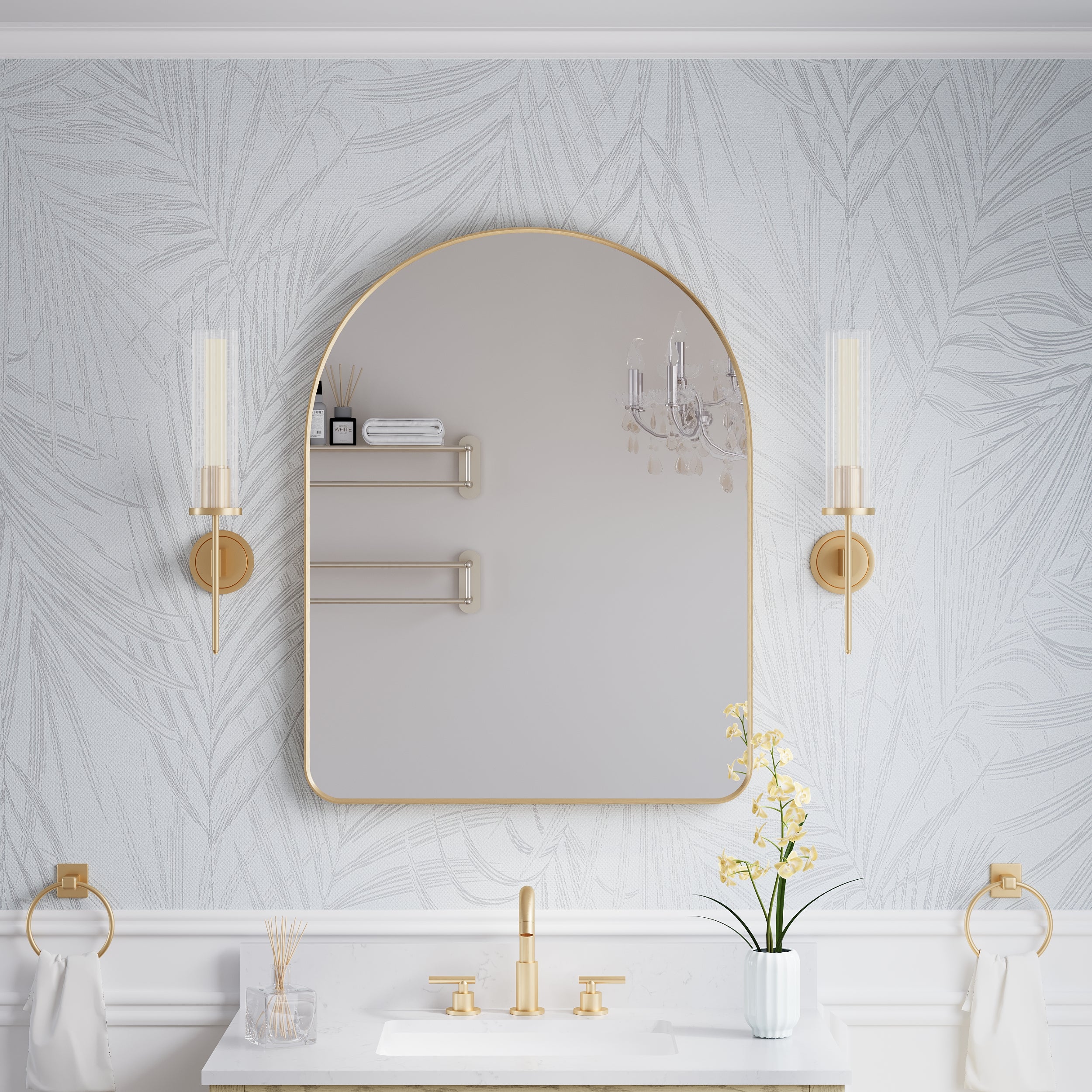
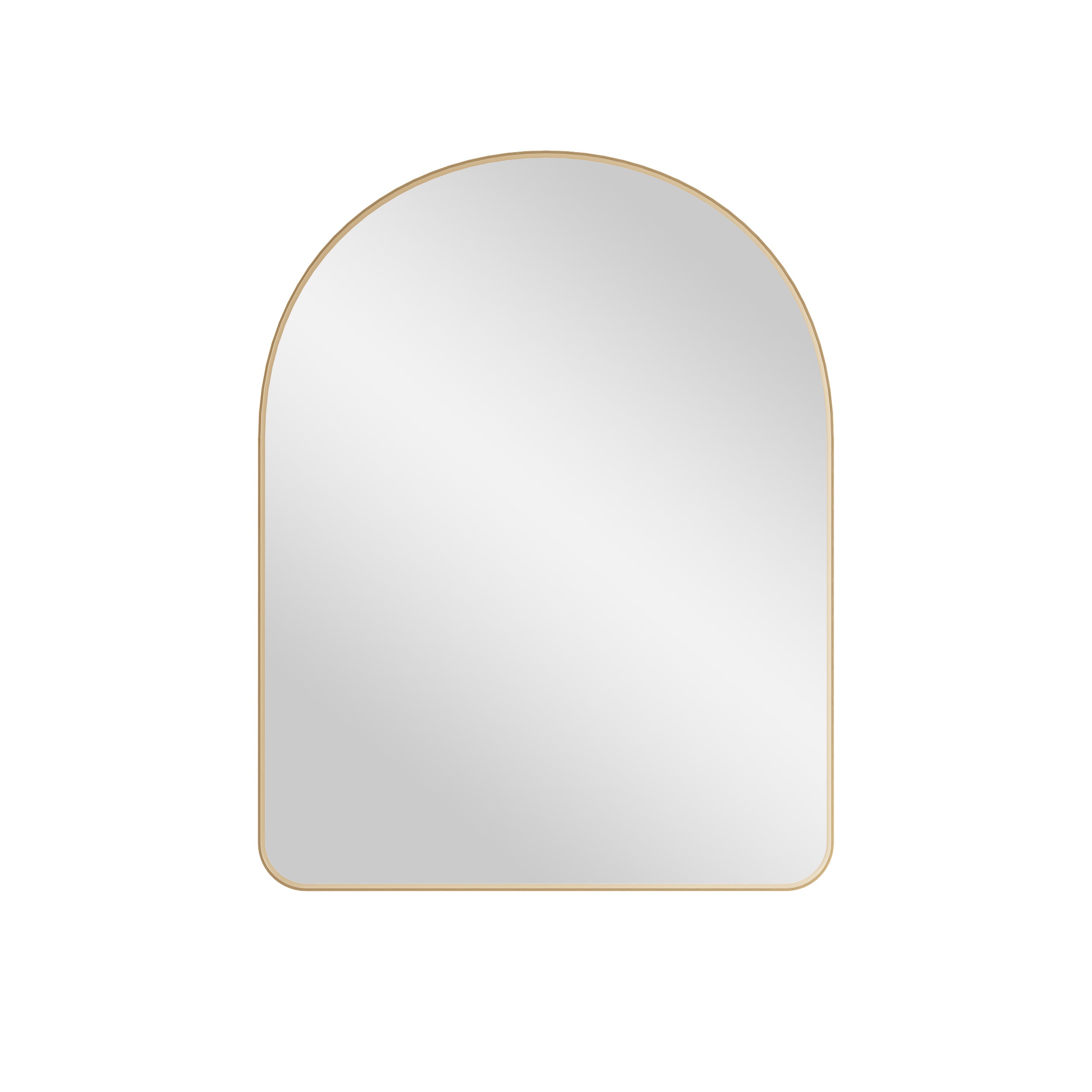
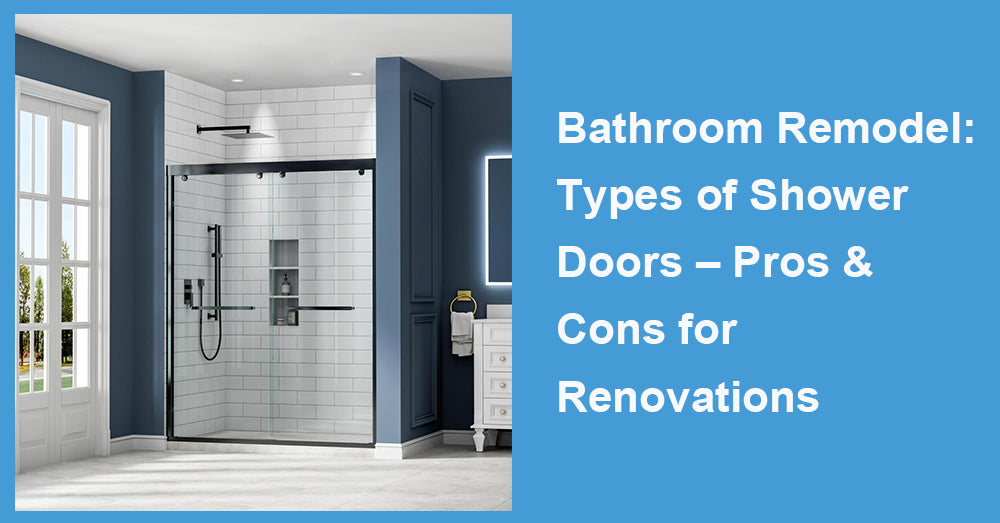
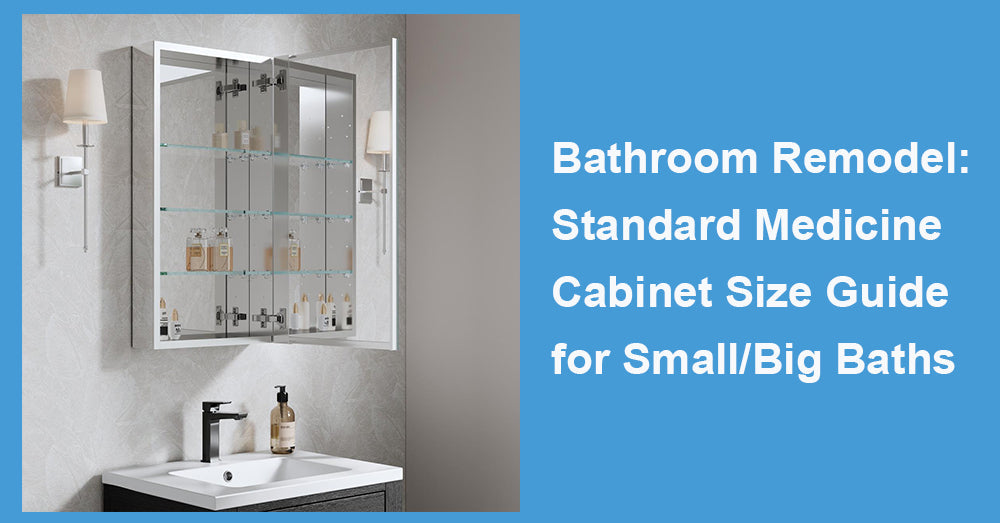
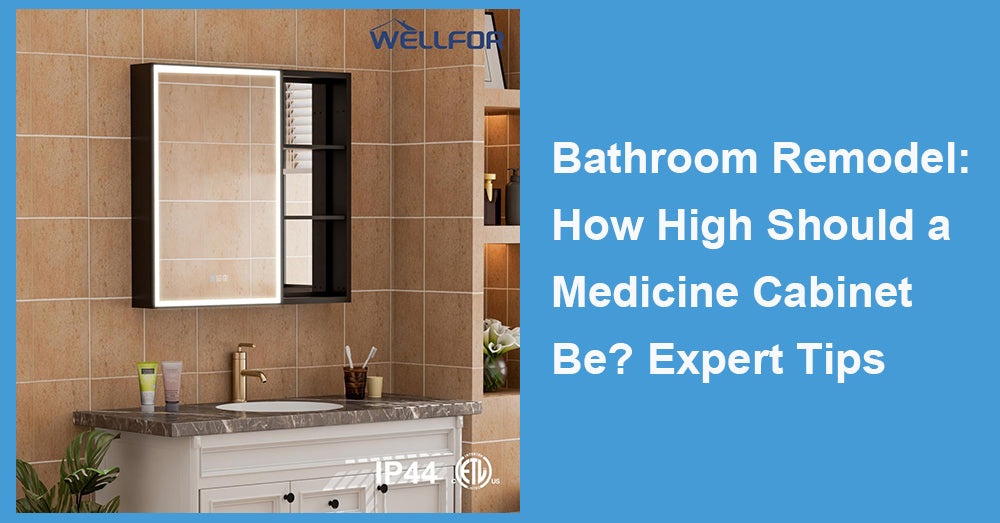
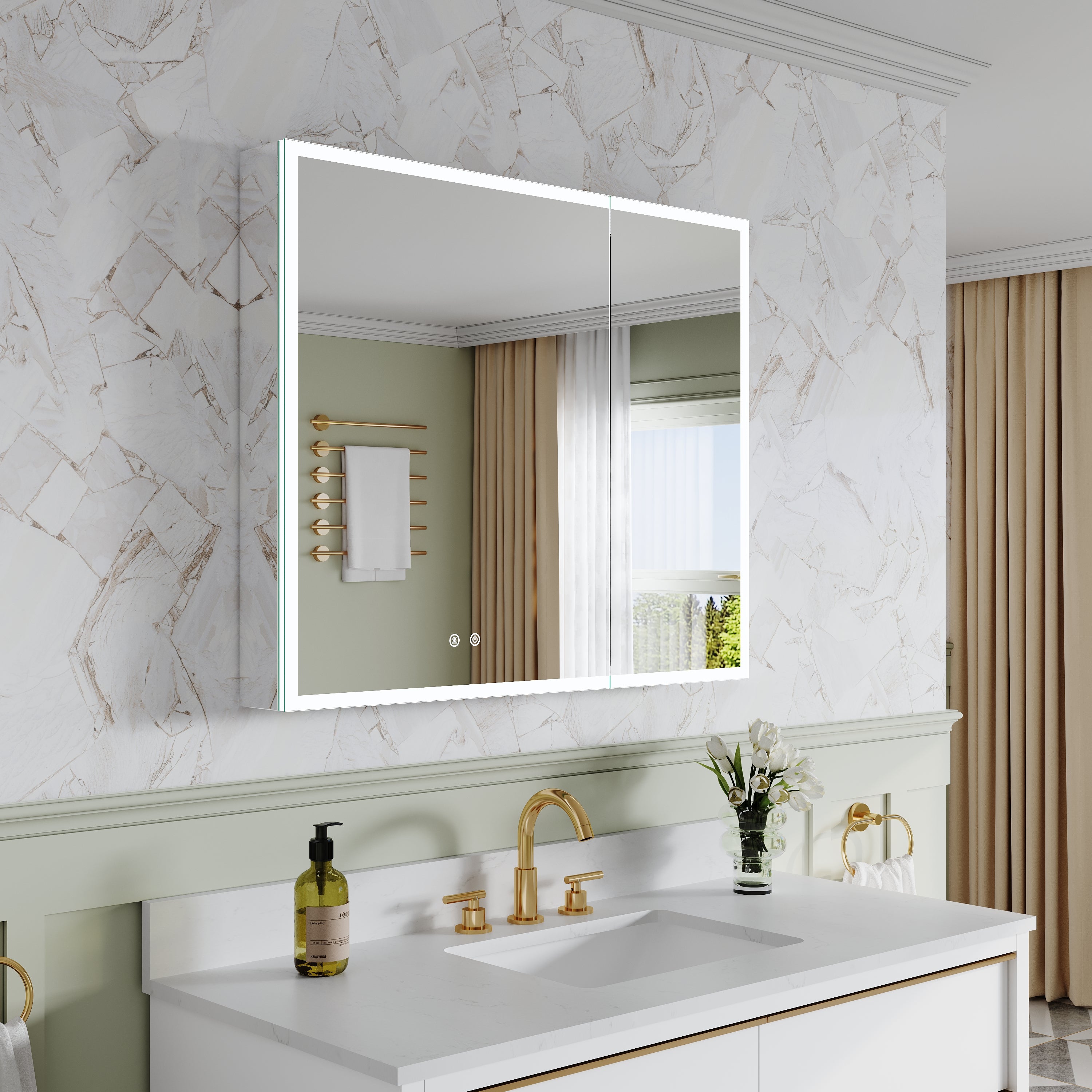
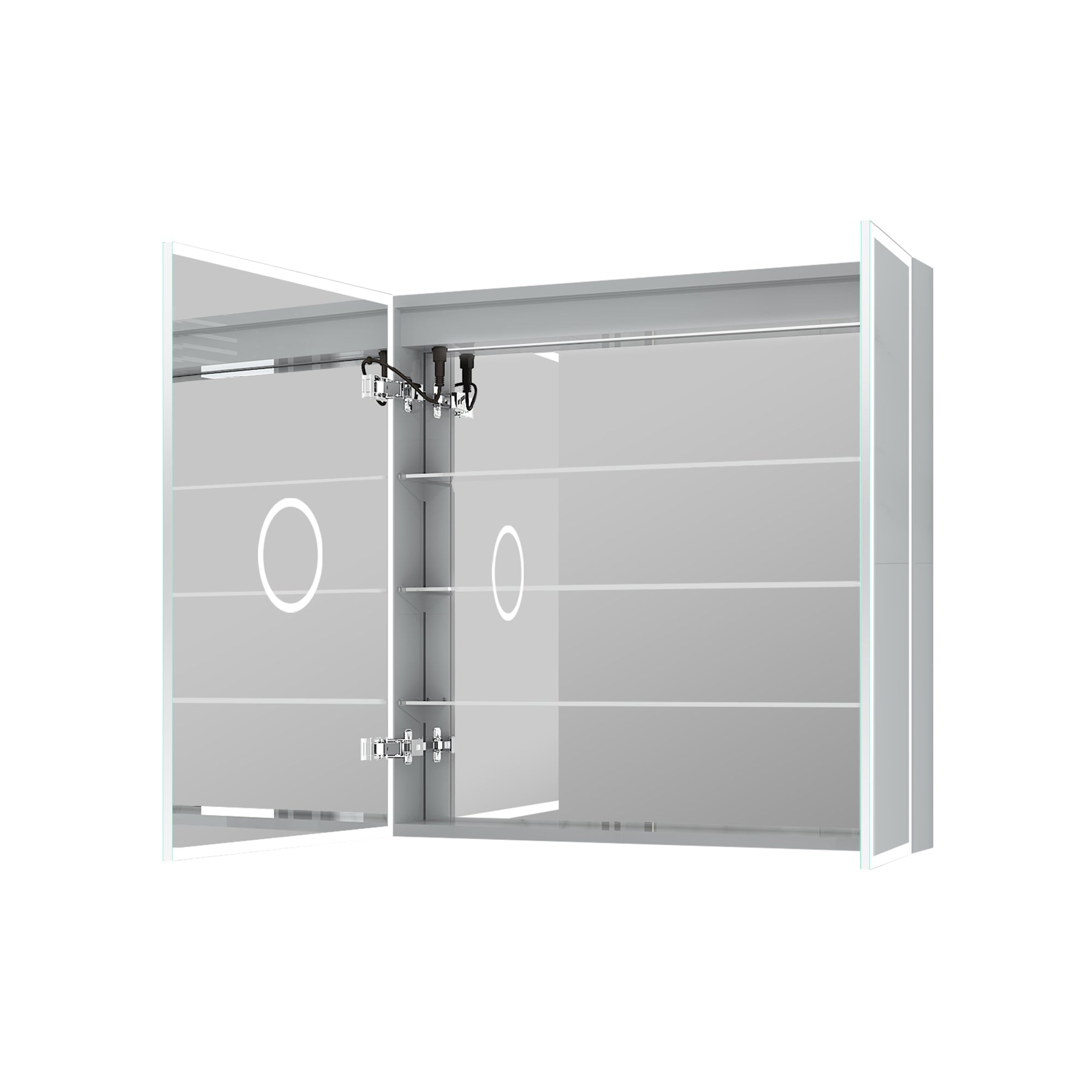
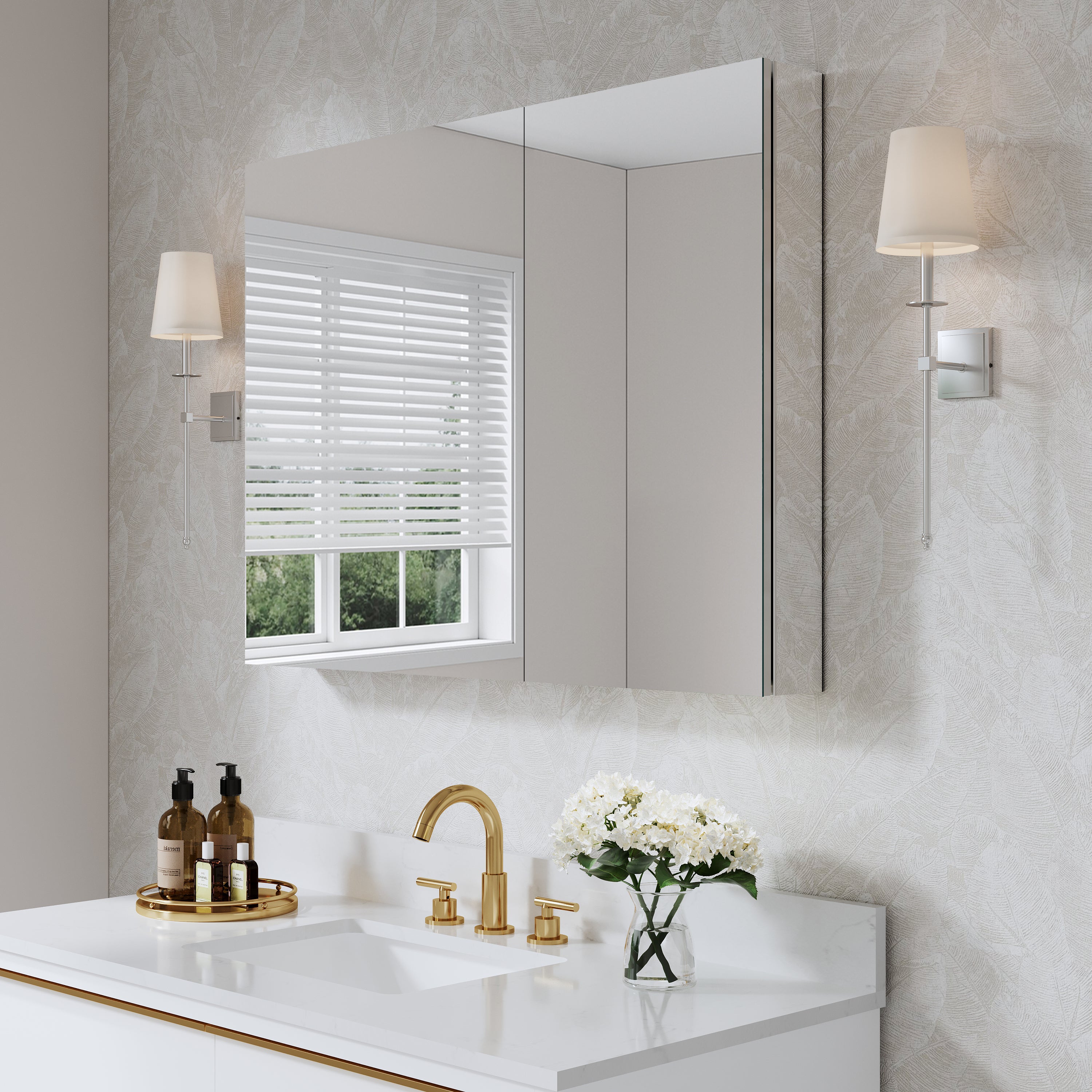

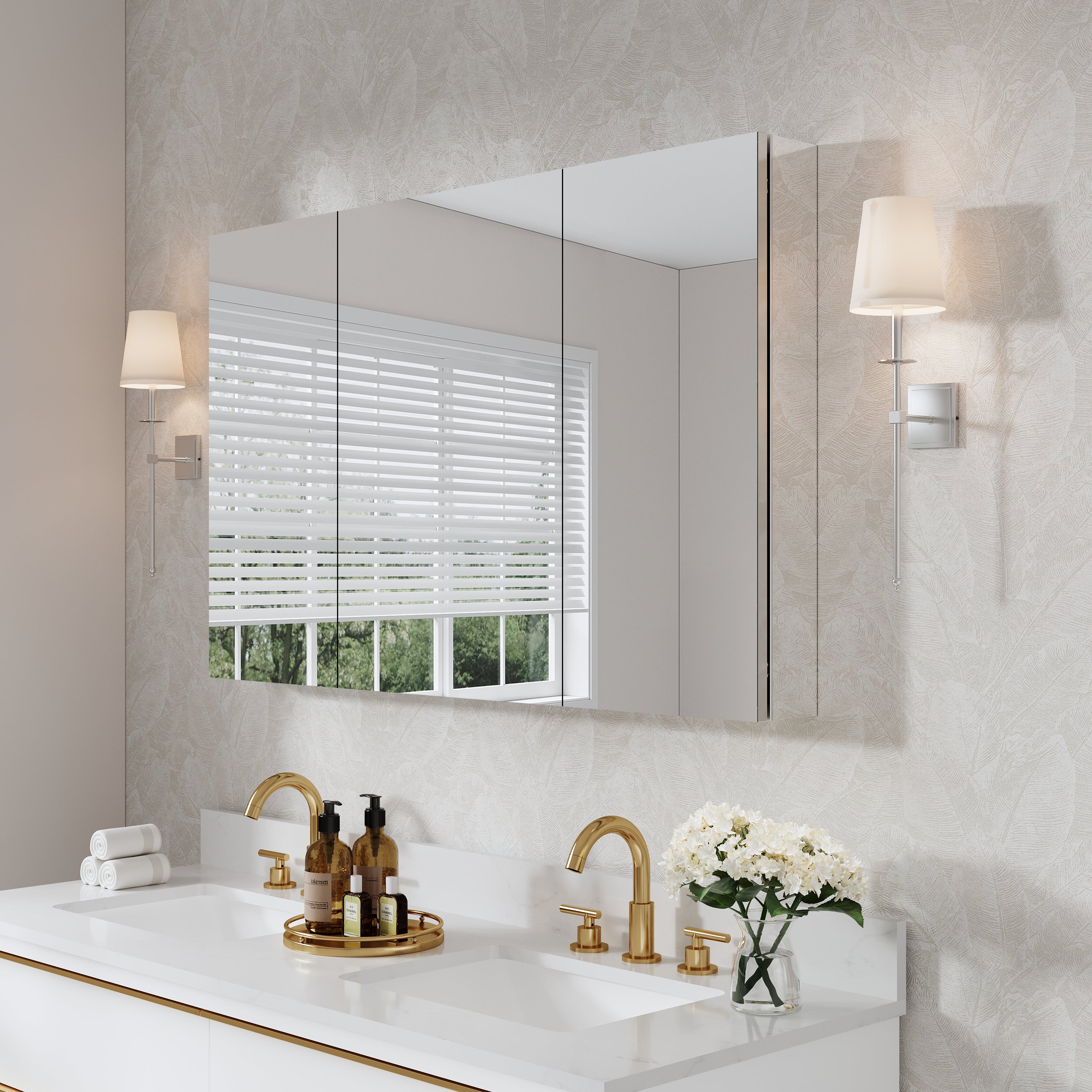
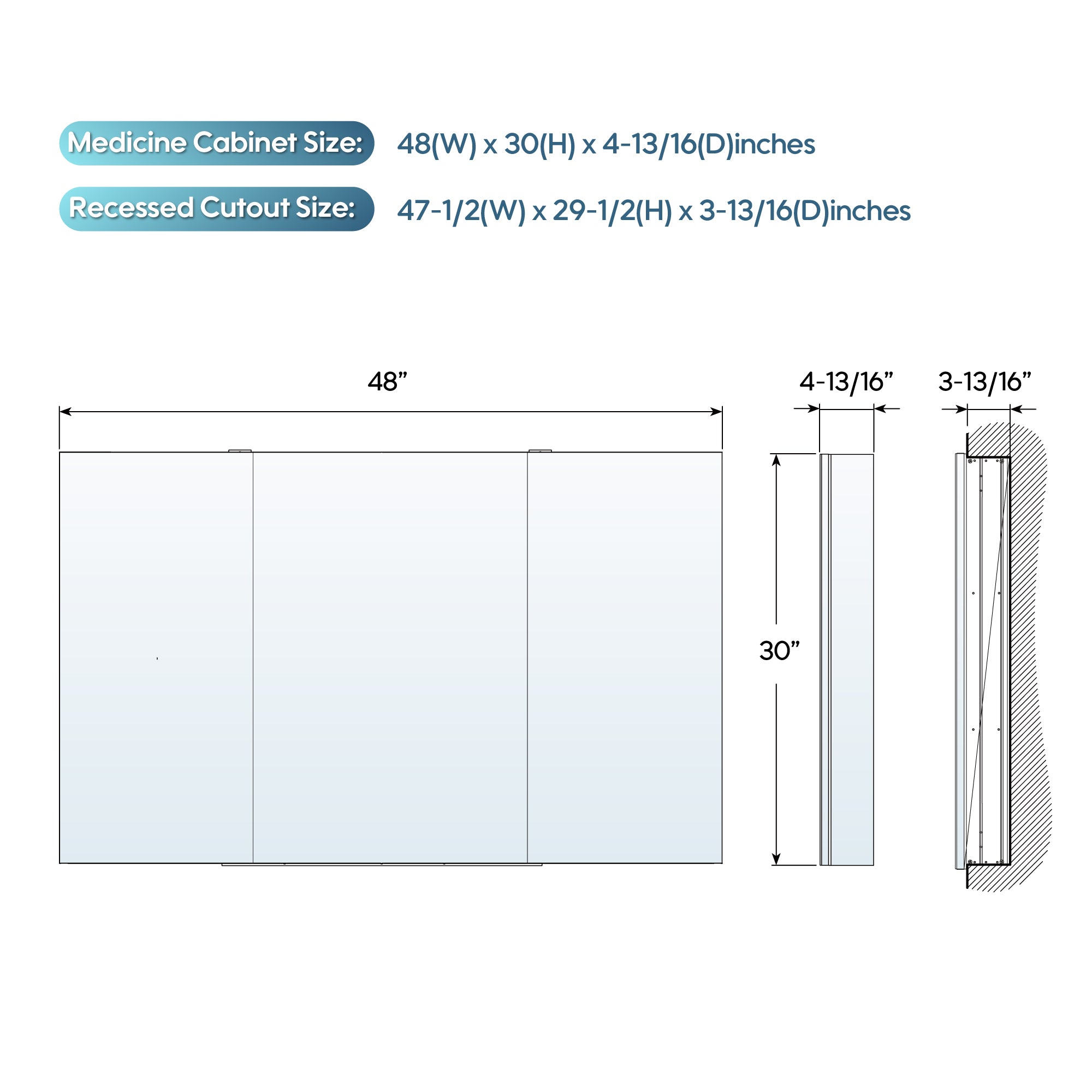
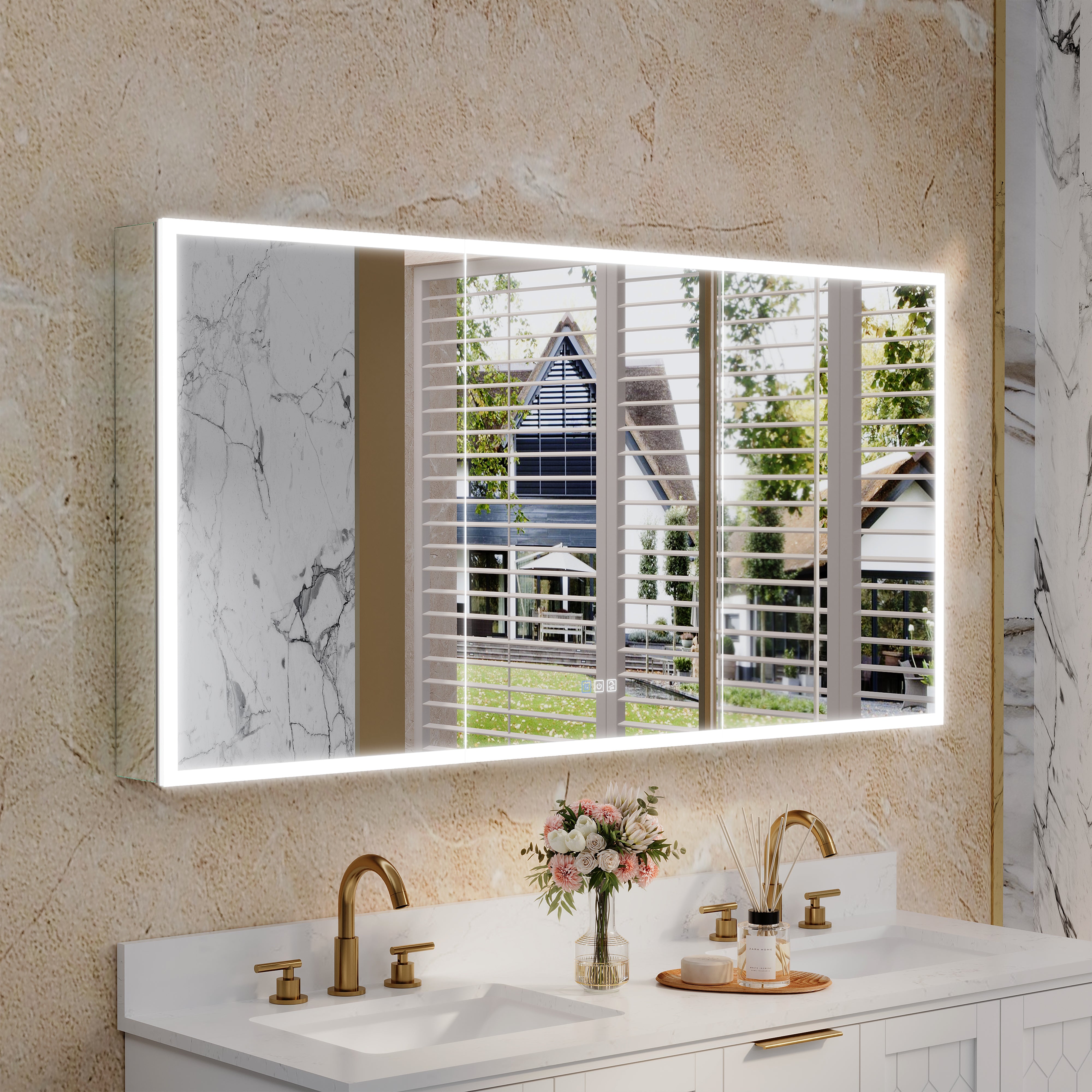
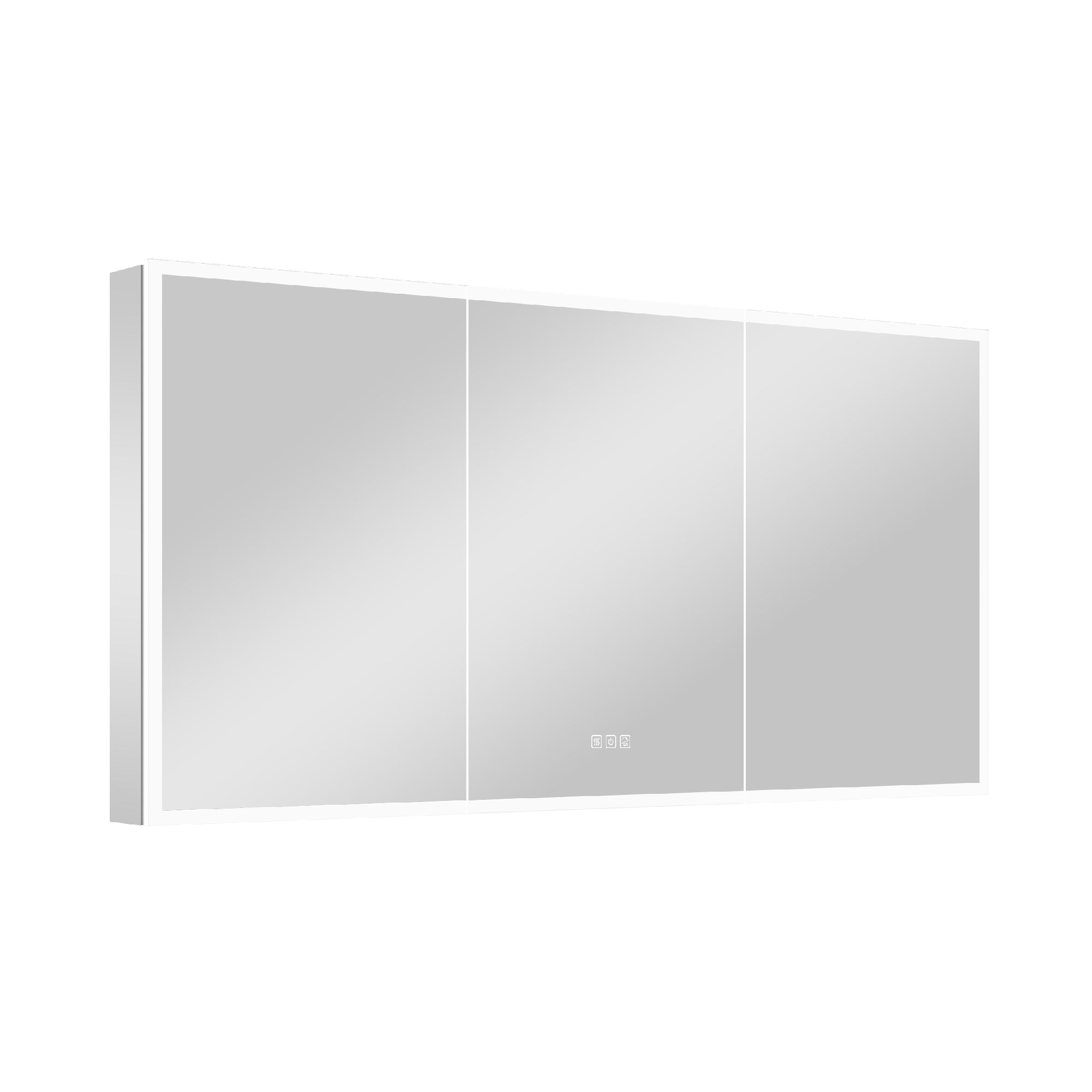
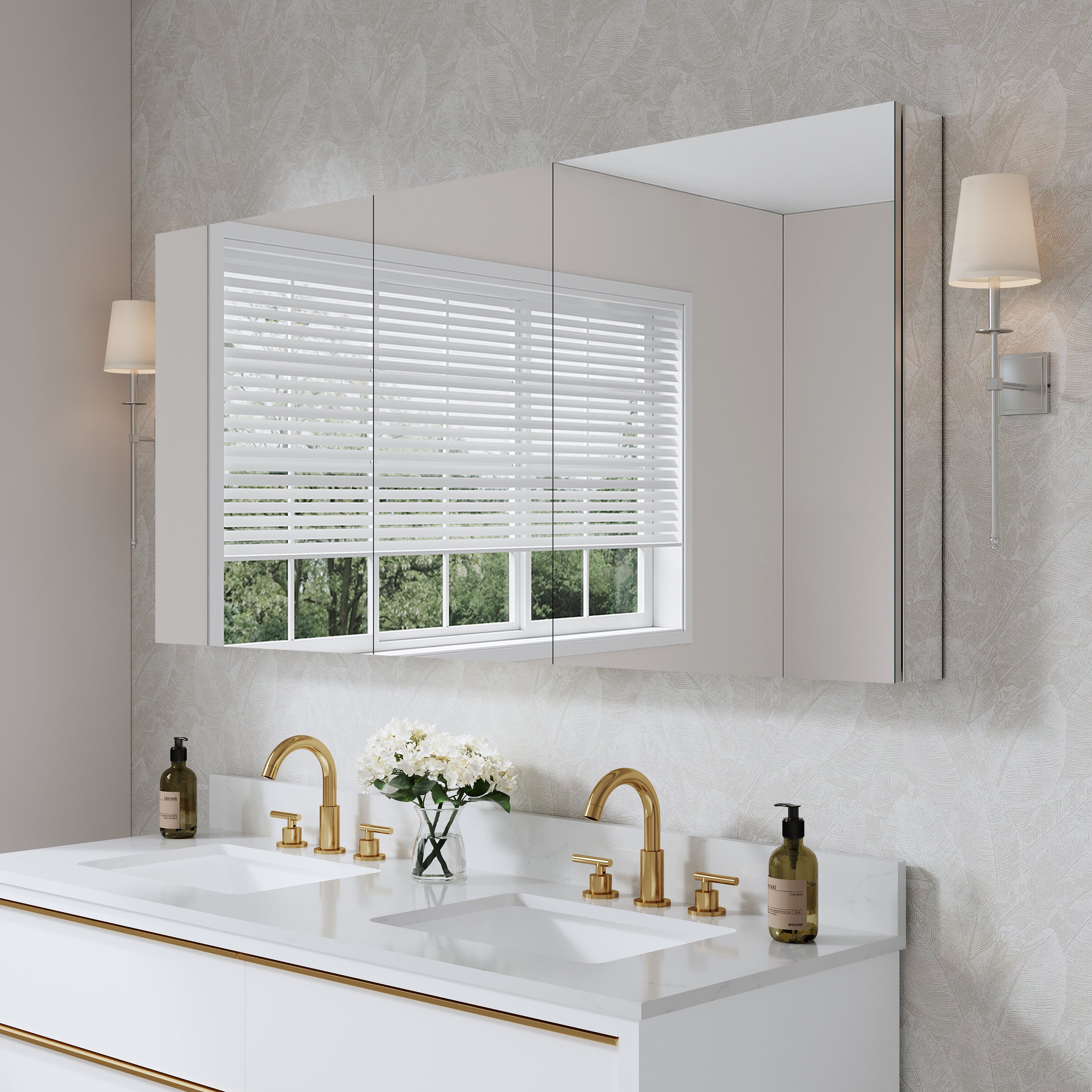

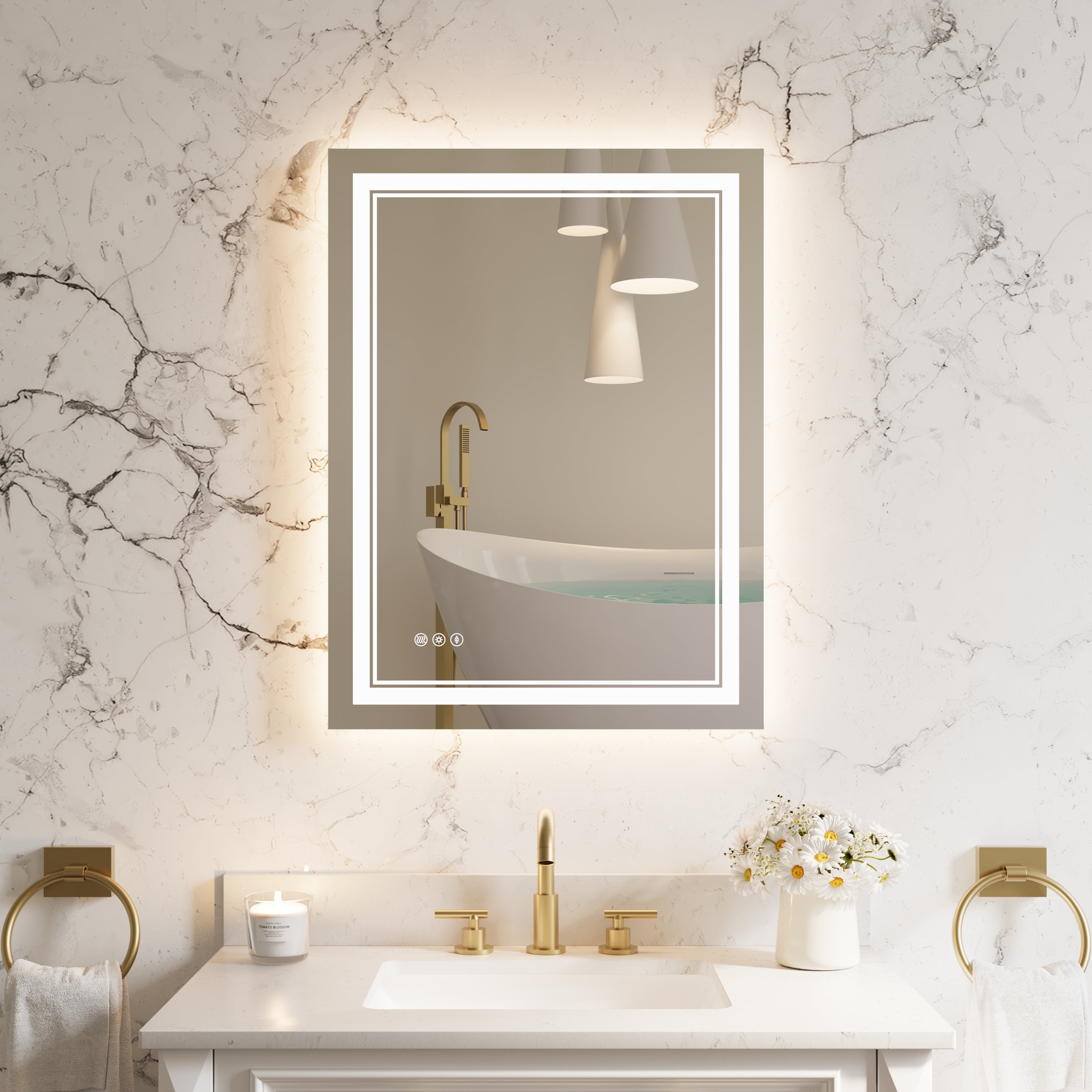
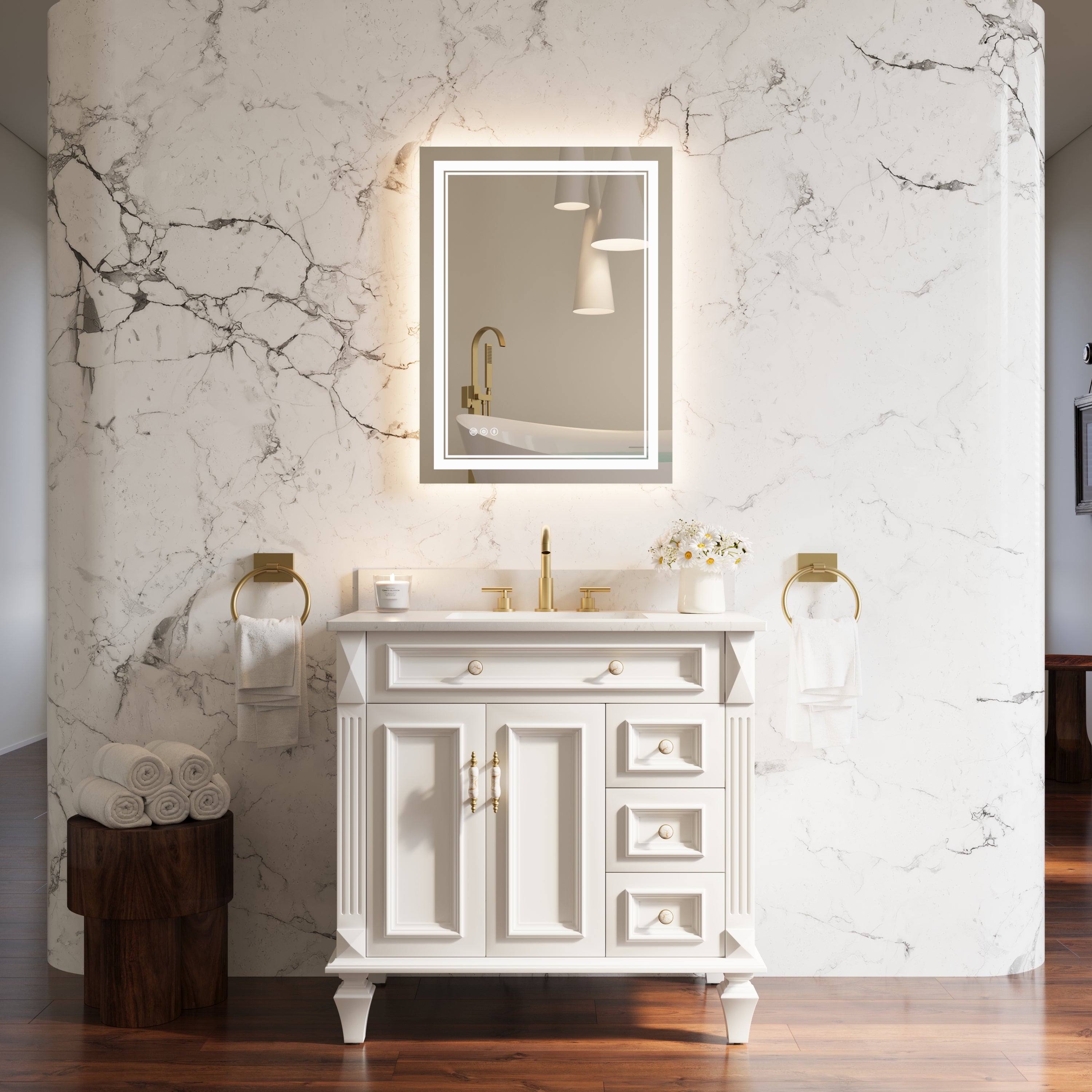
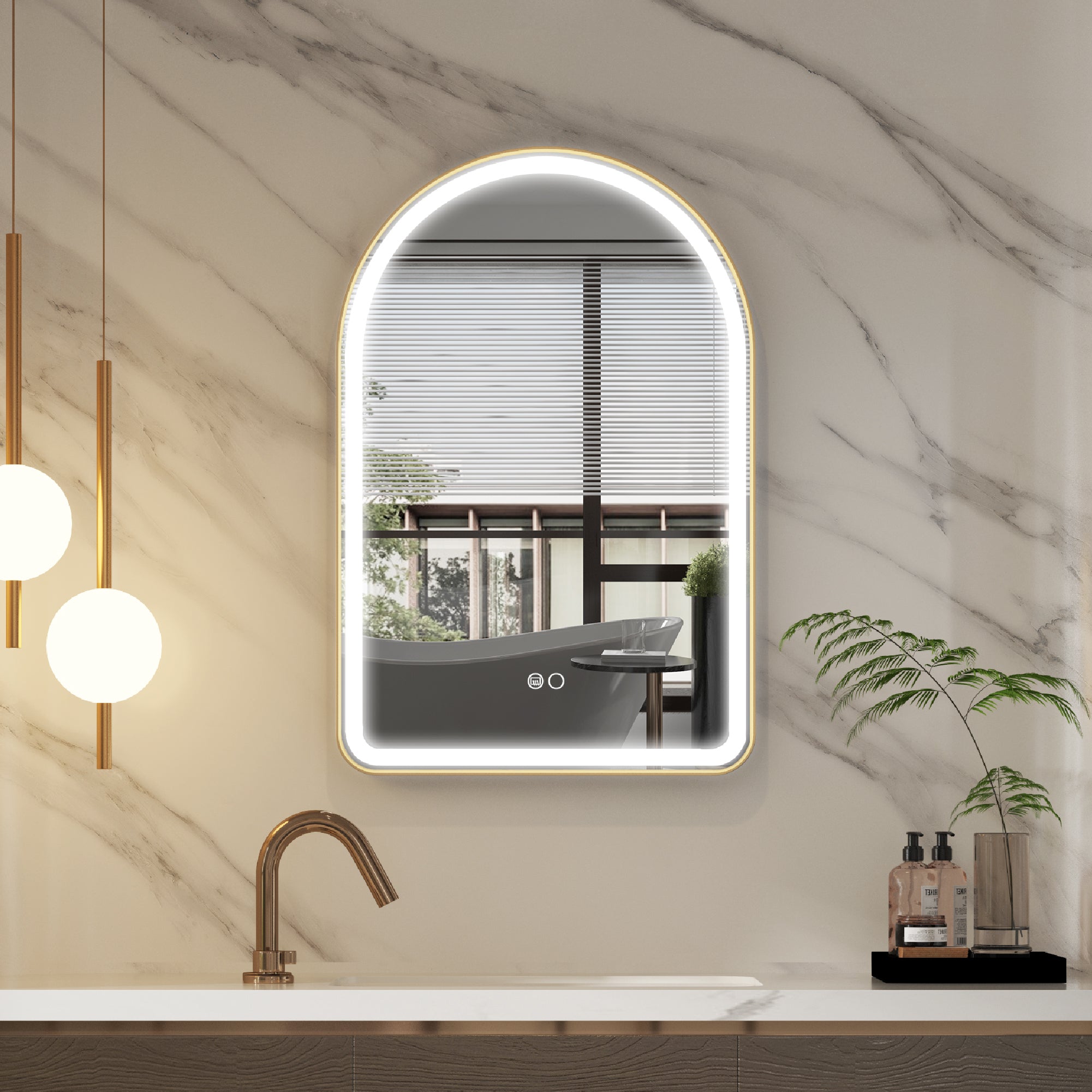
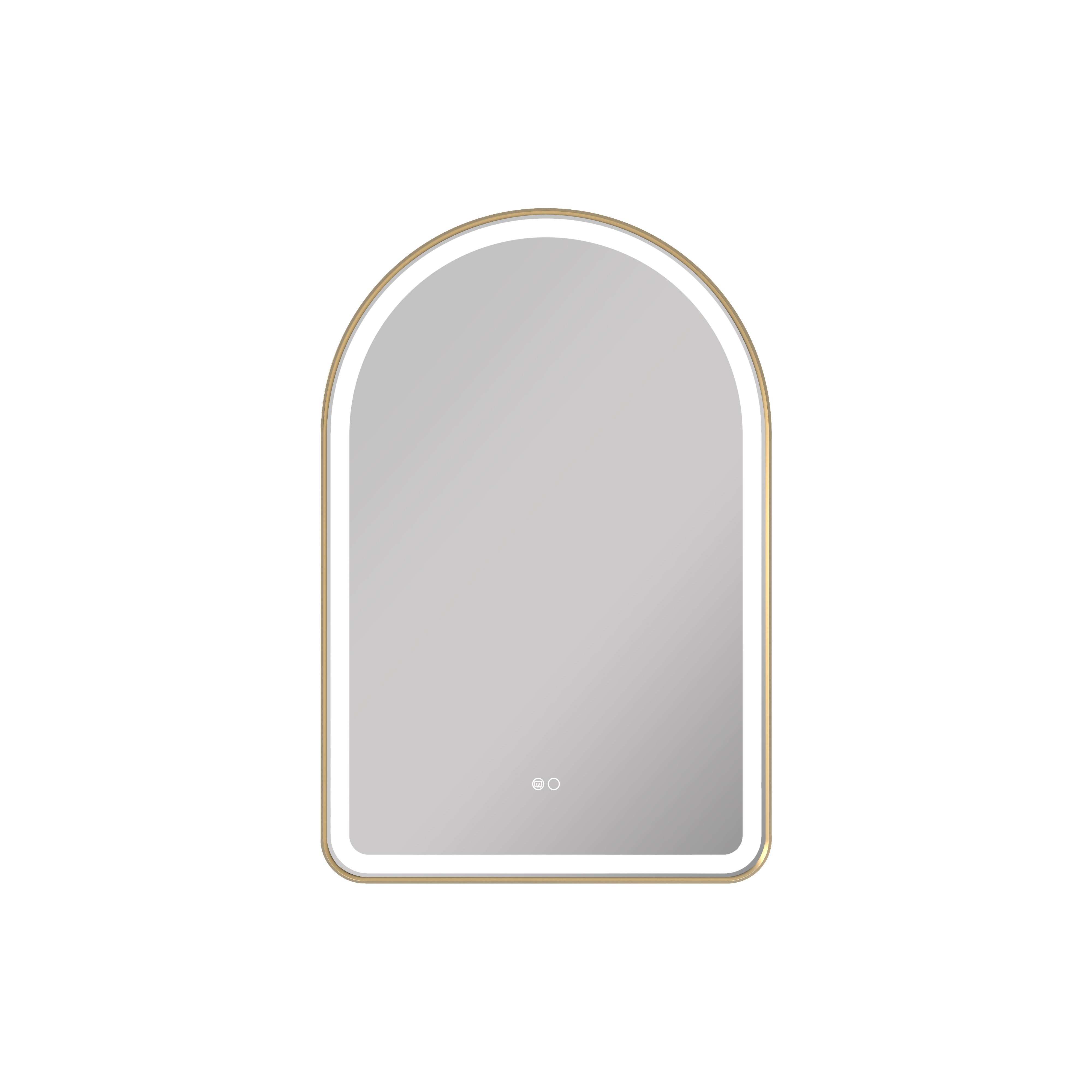
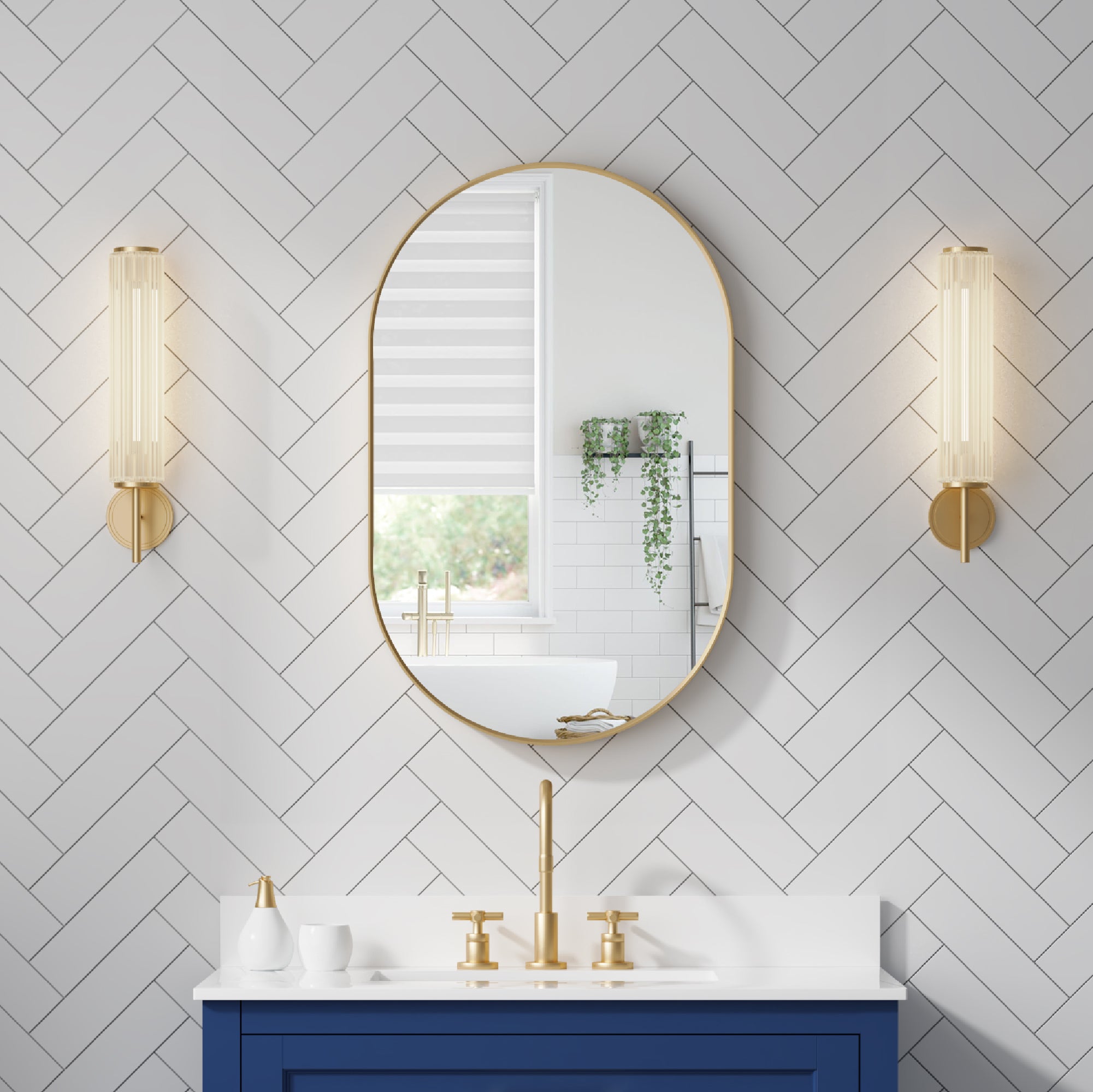
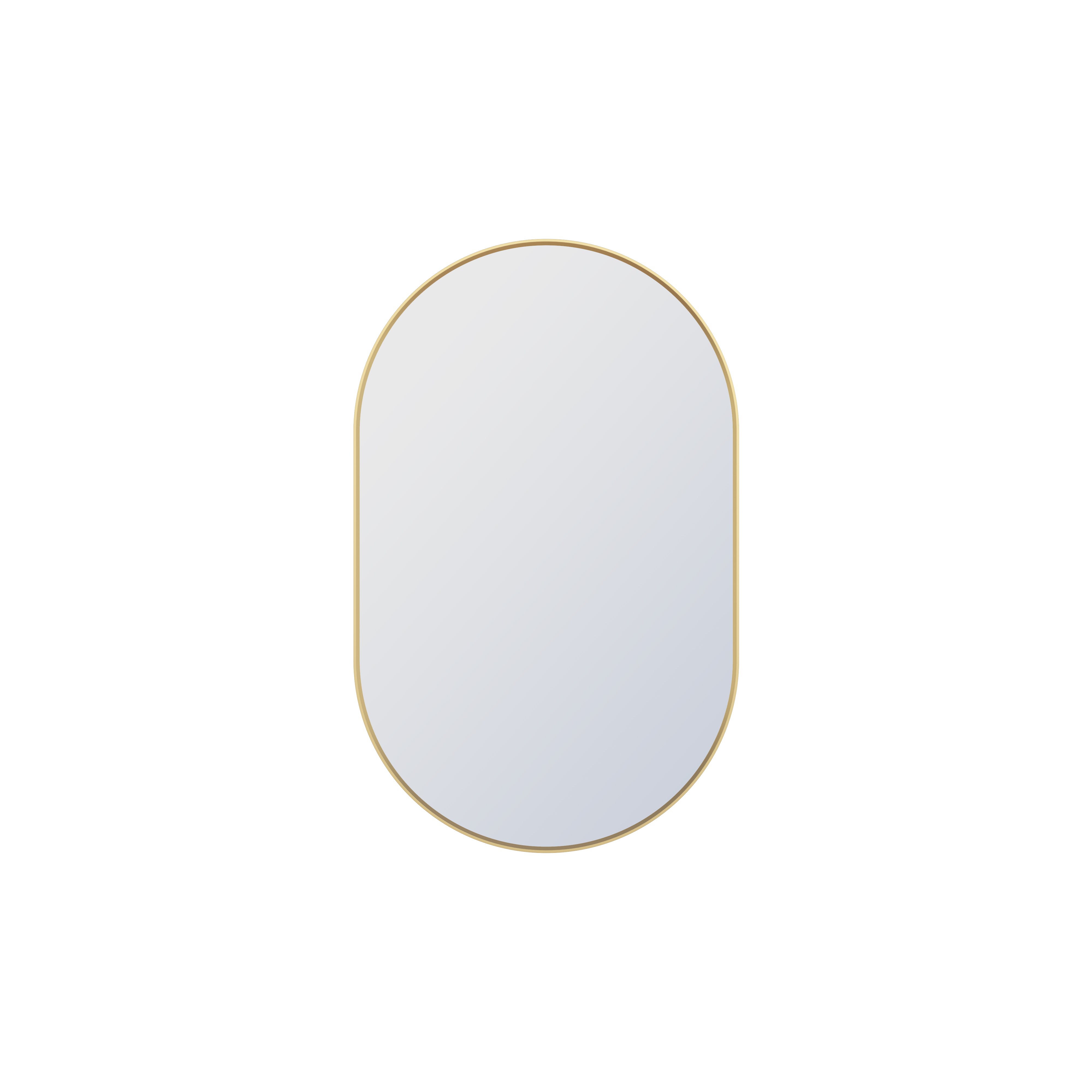


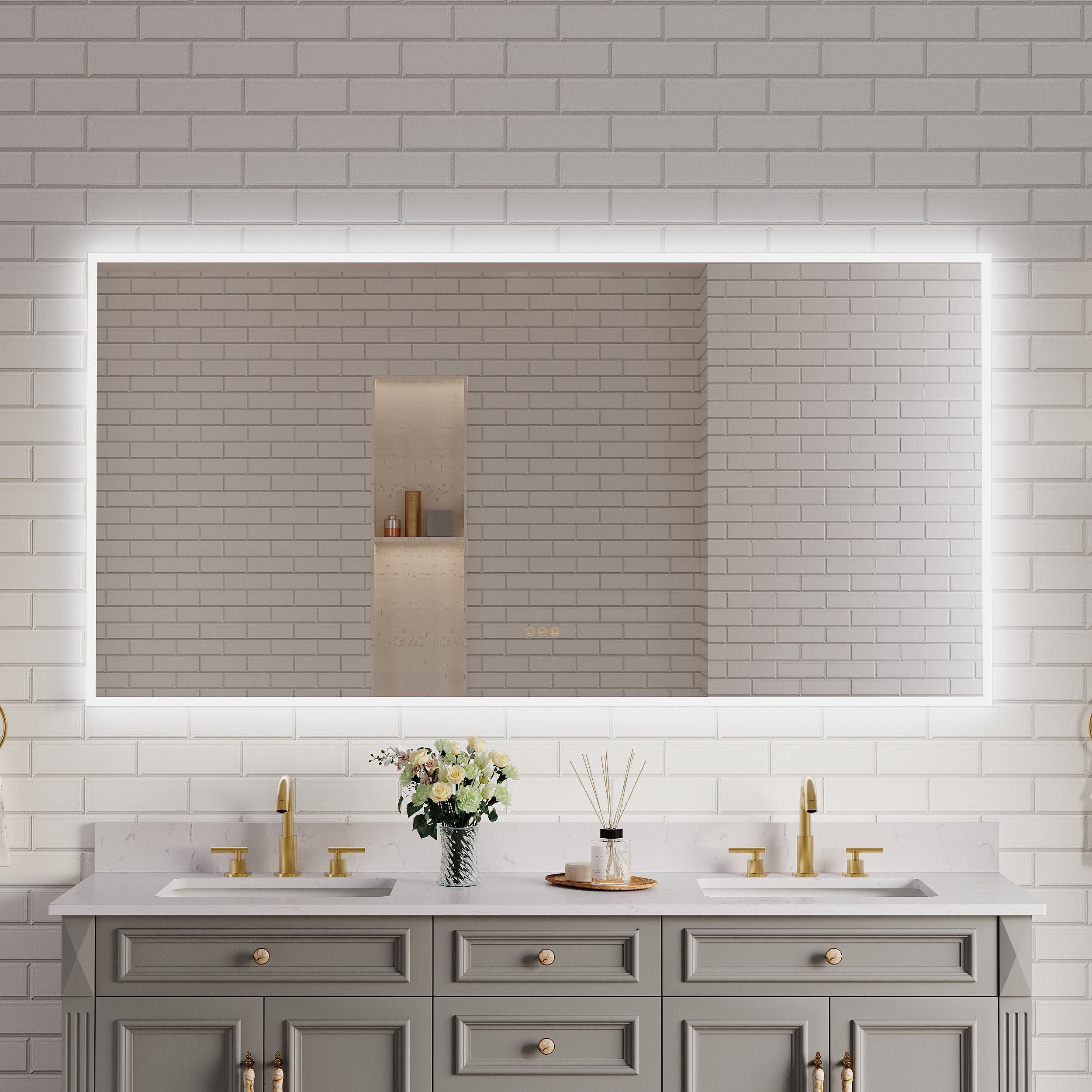





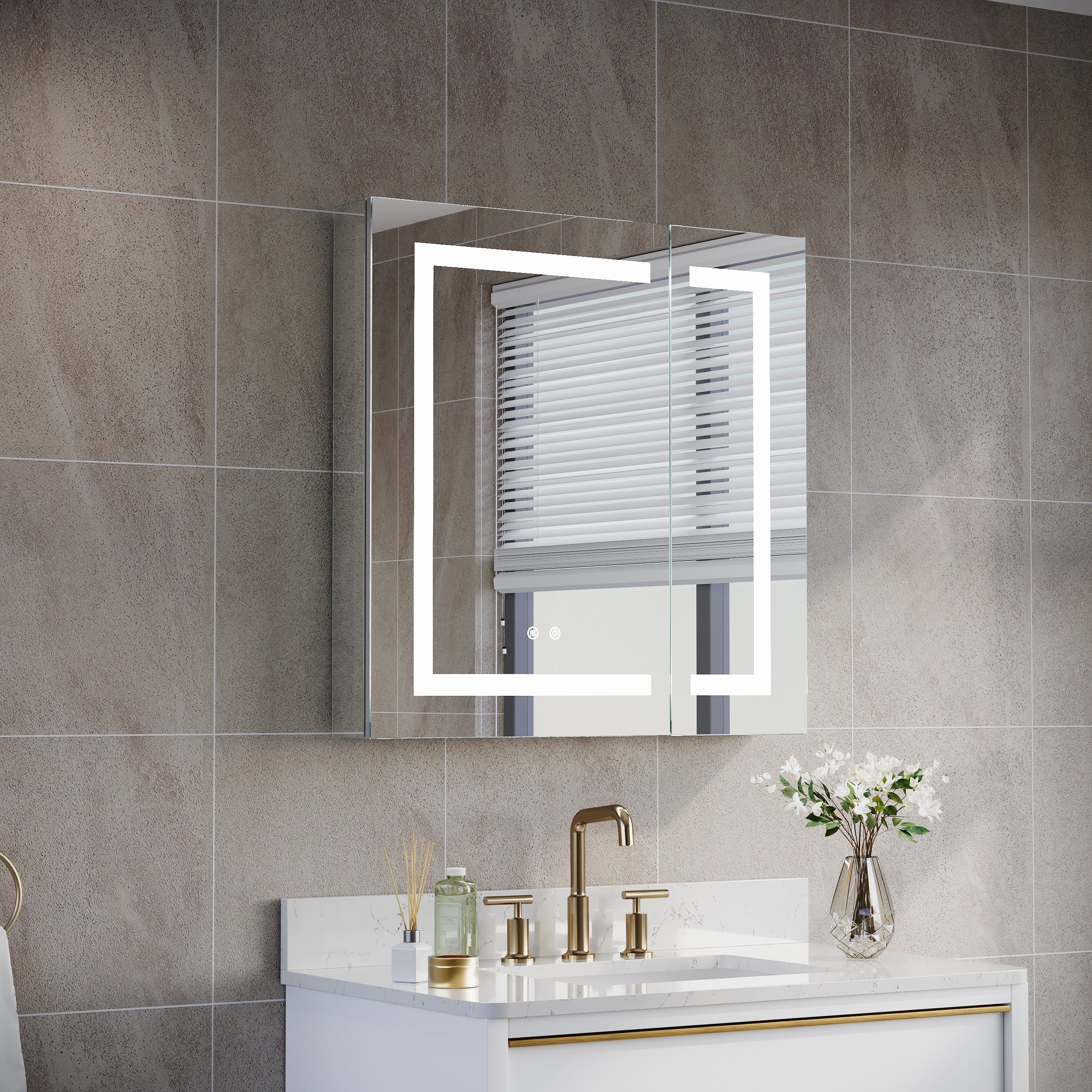
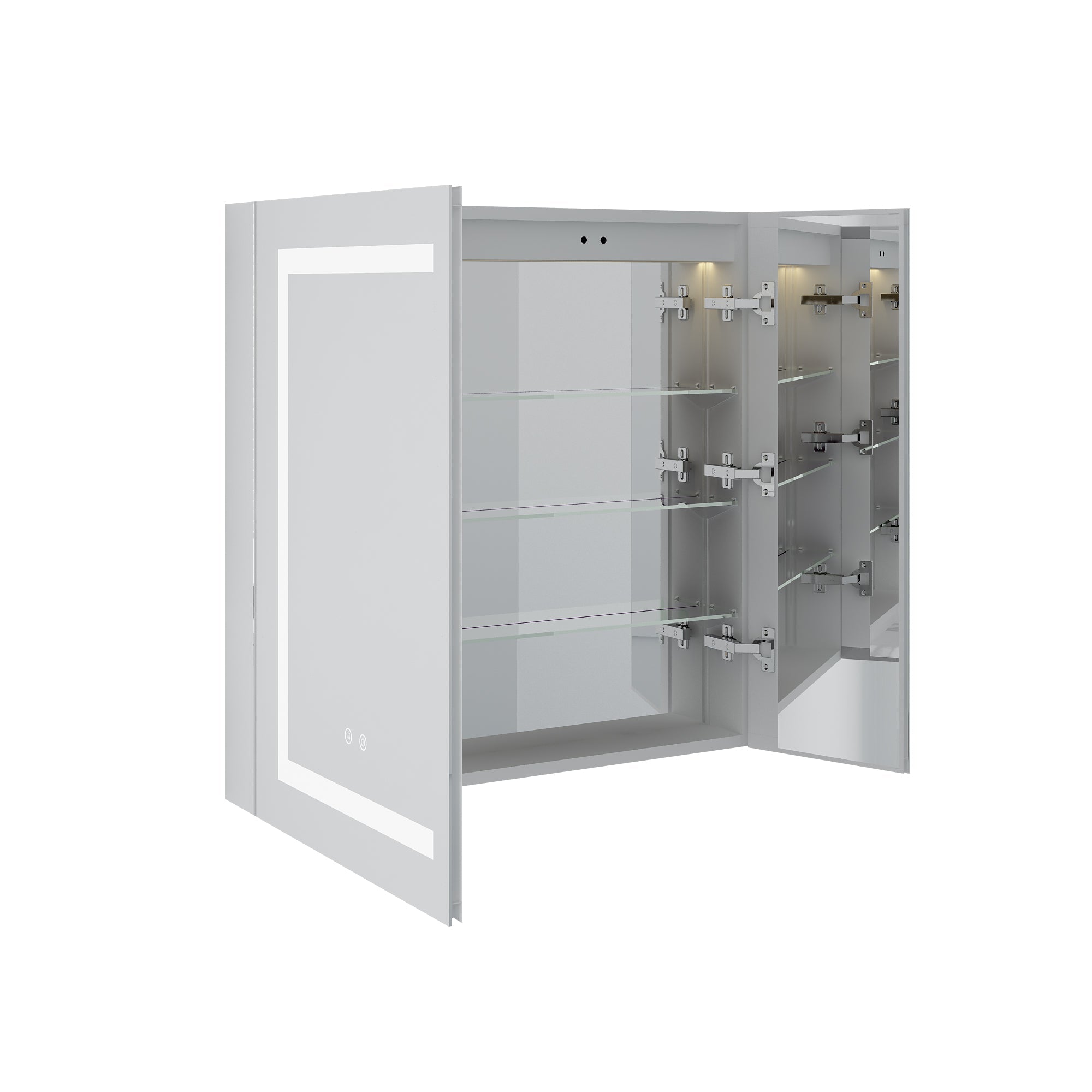




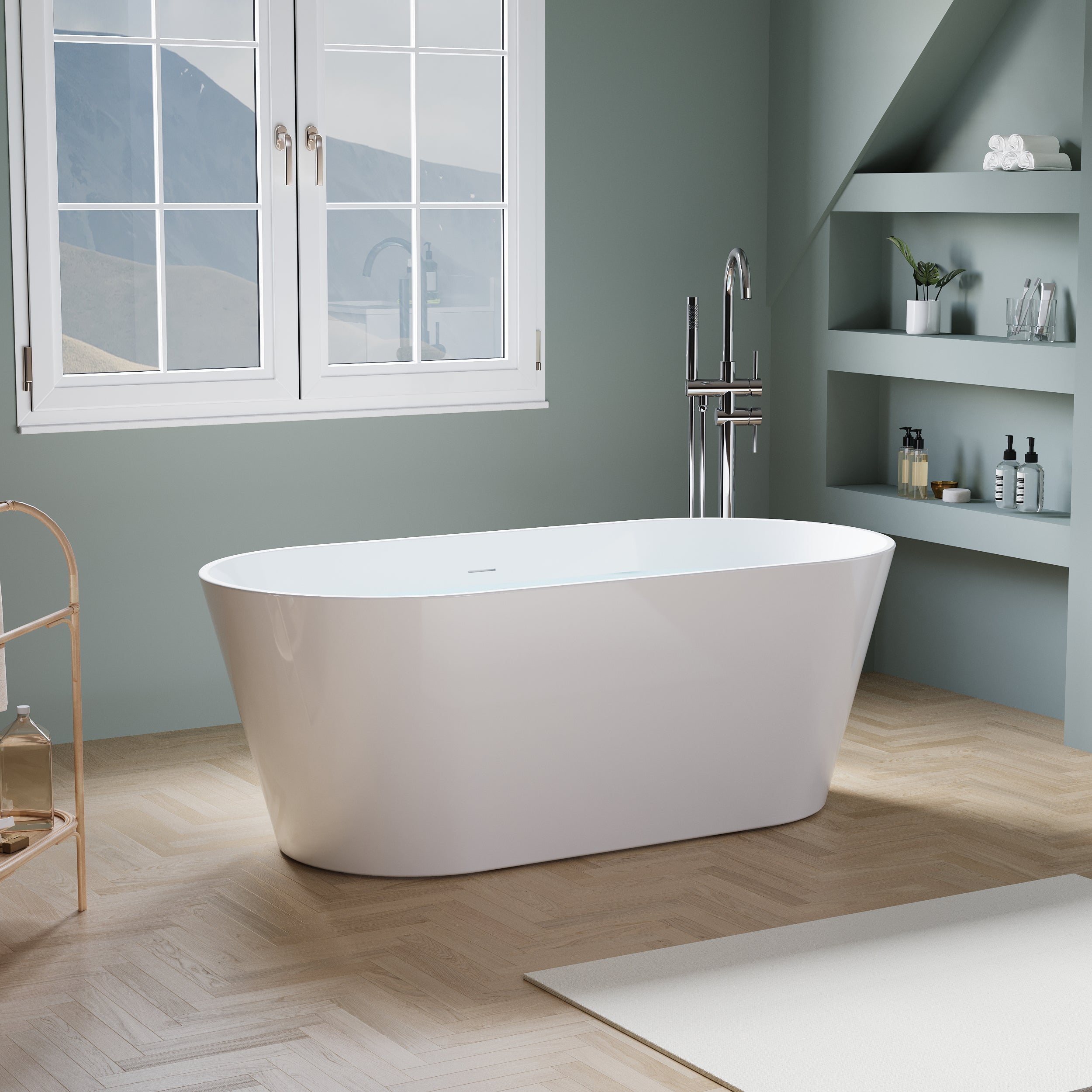
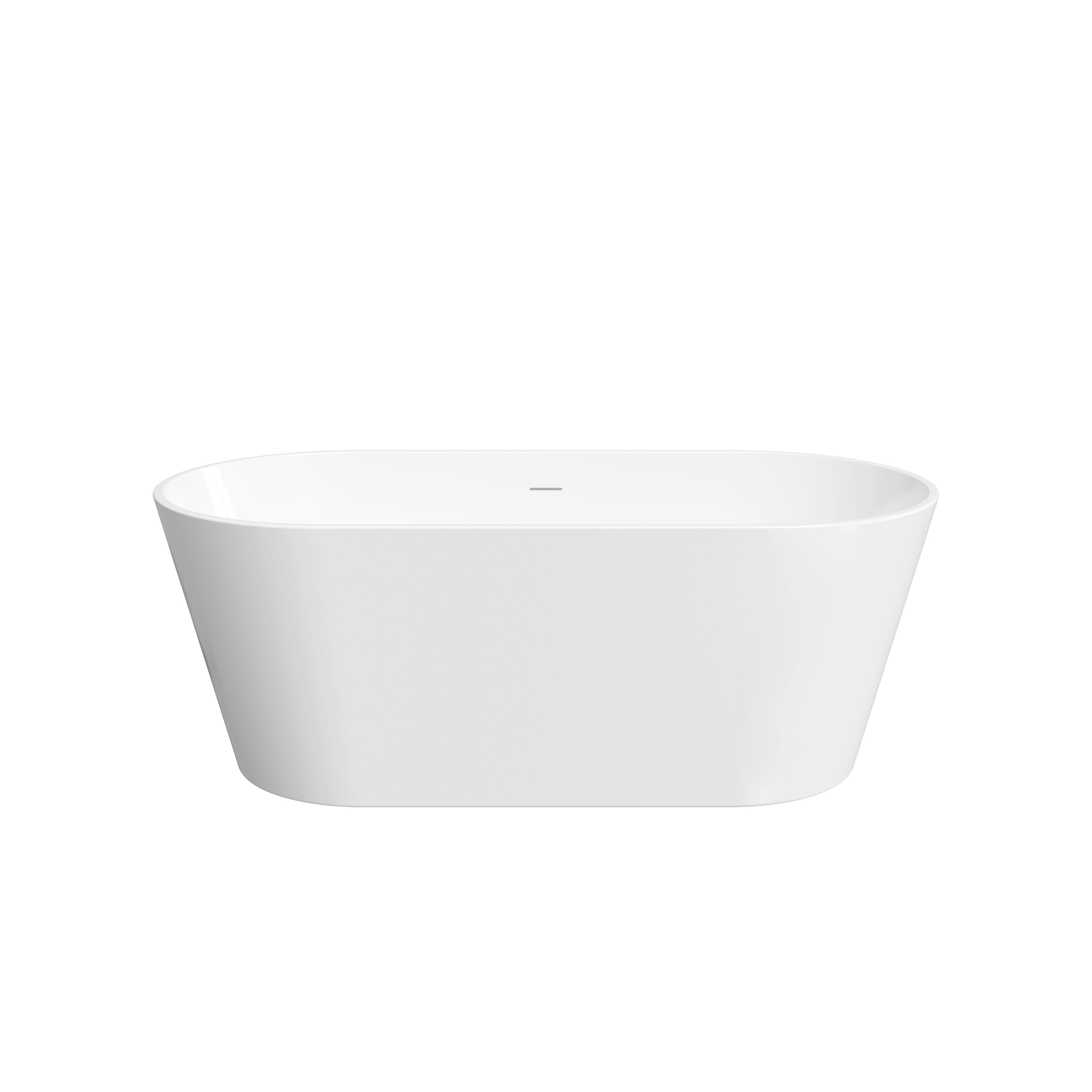


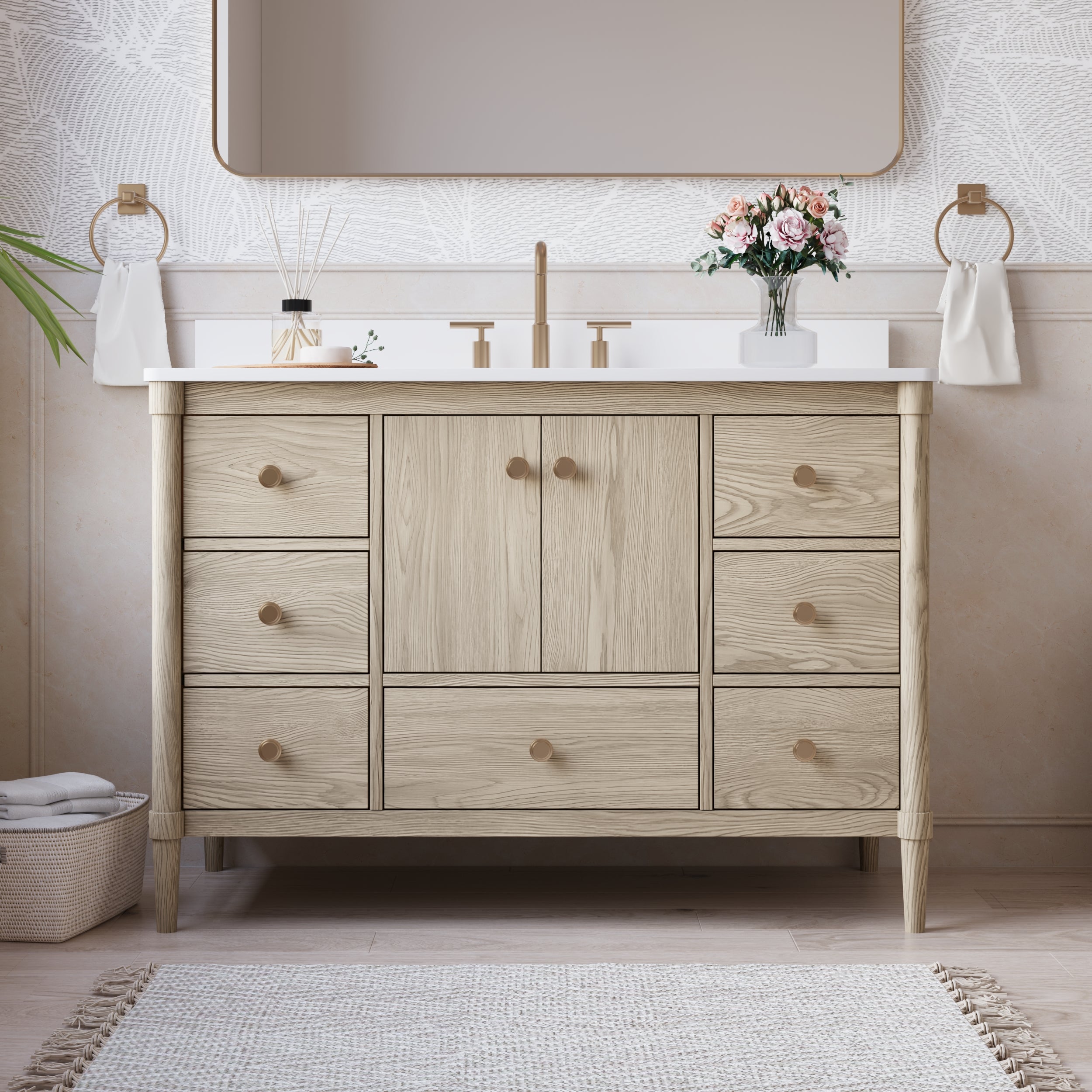
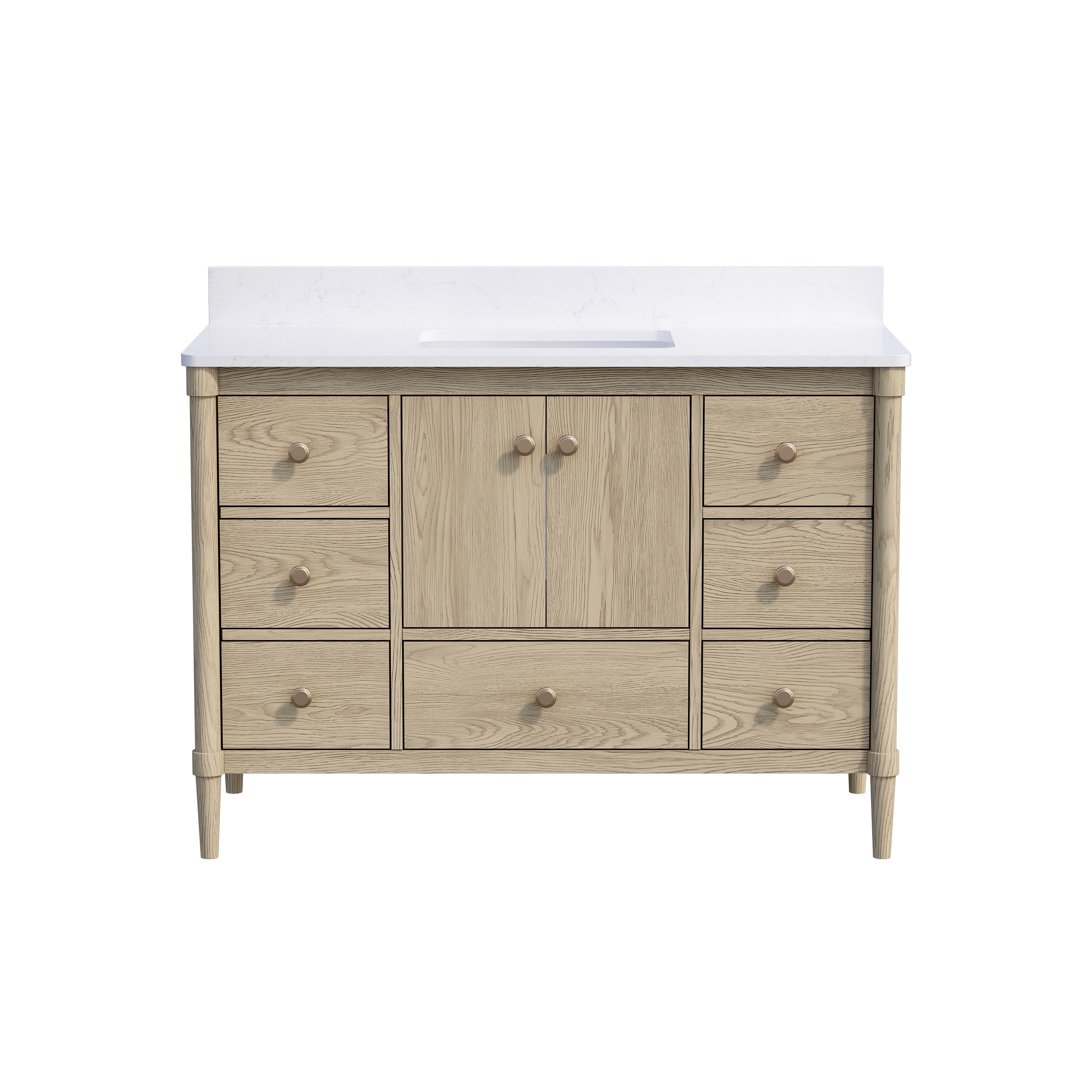
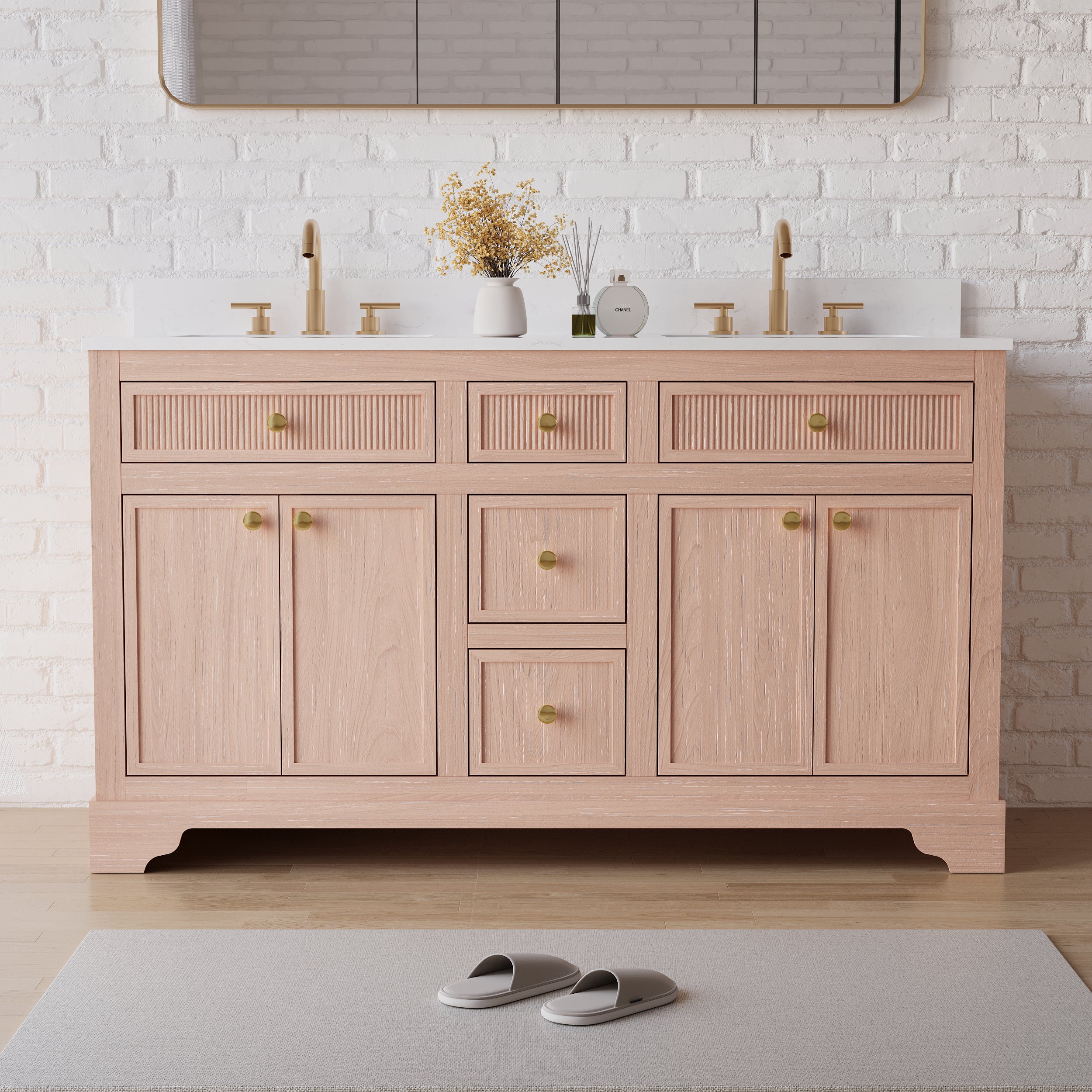
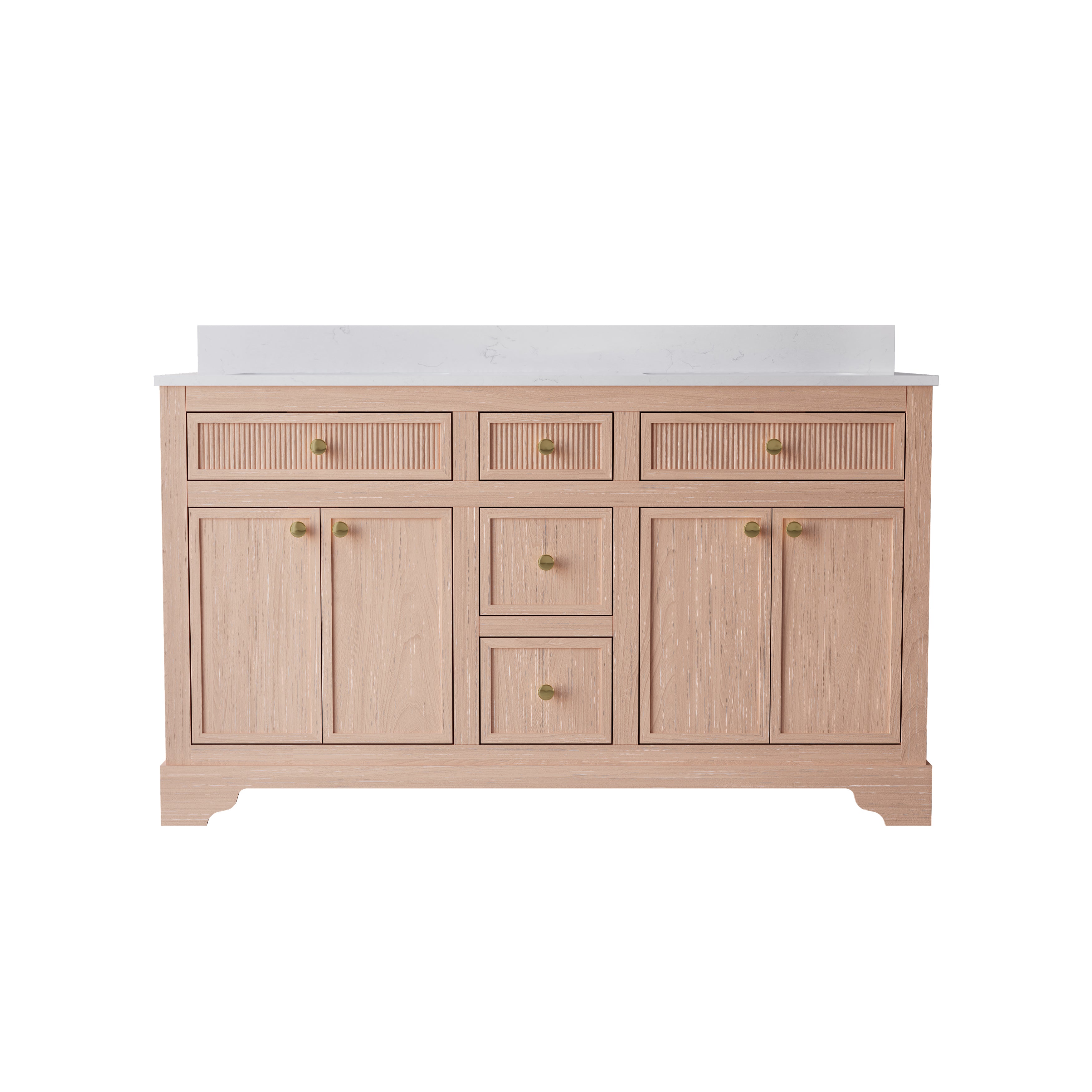
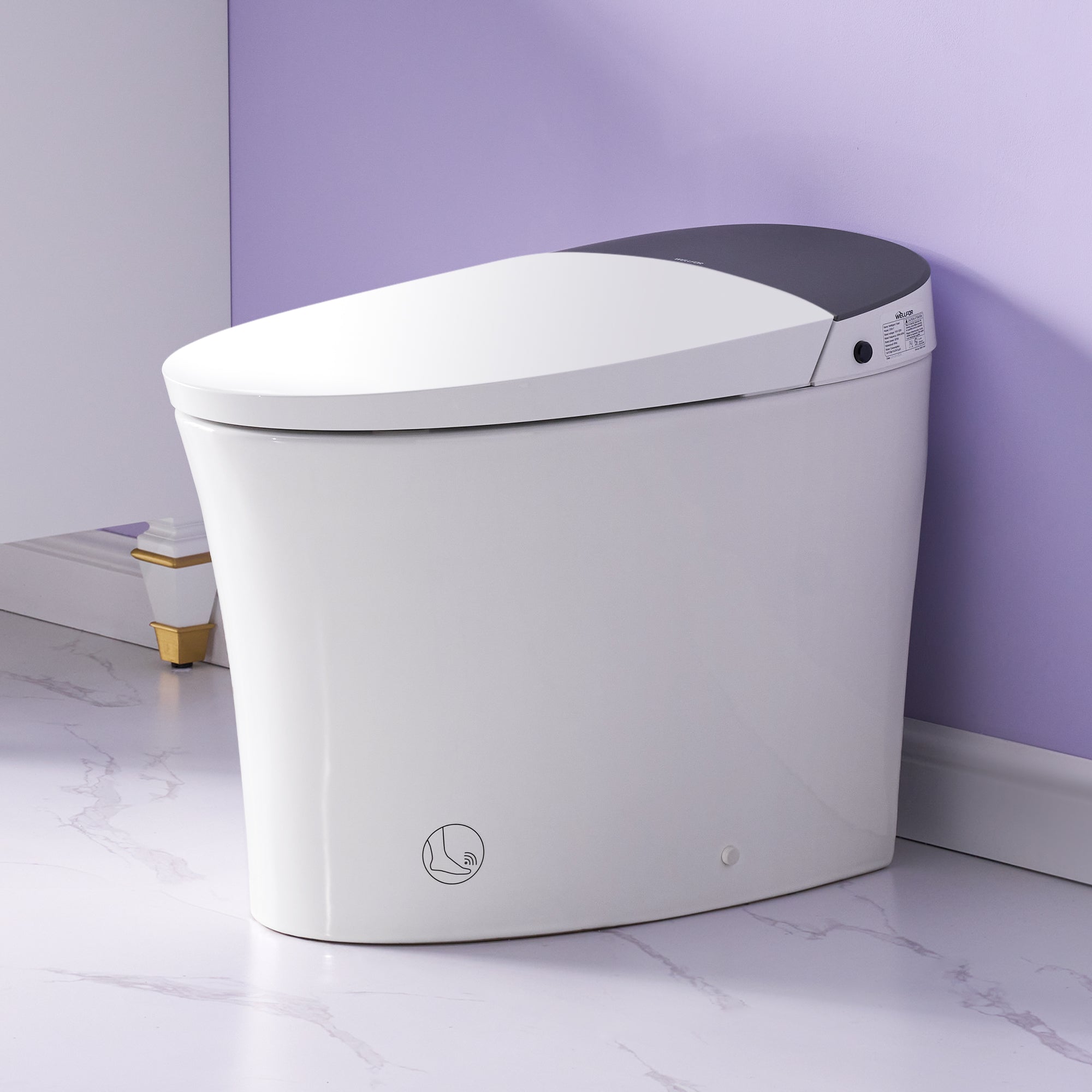
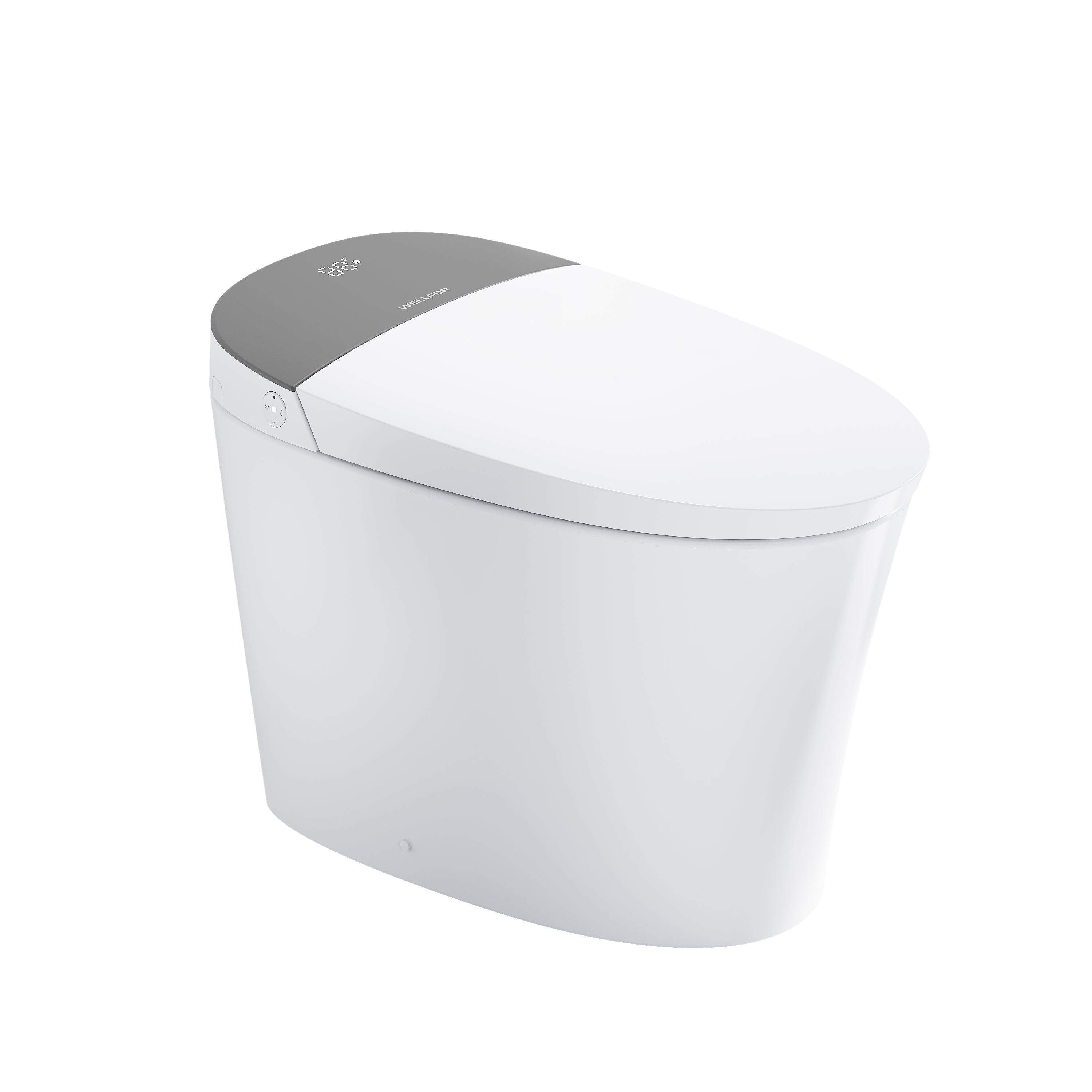
Leave a comment
This site is protected by hCaptcha and the hCaptcha Privacy Policy and Terms of Service apply.